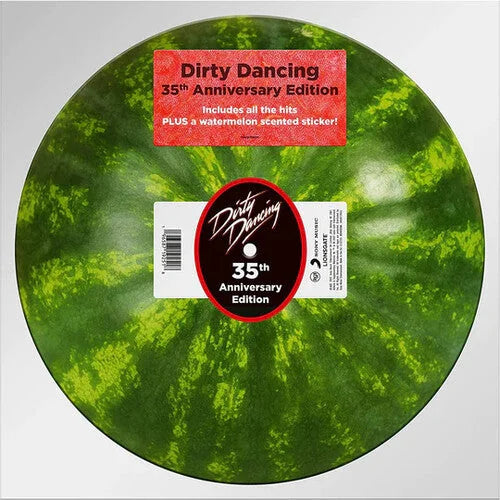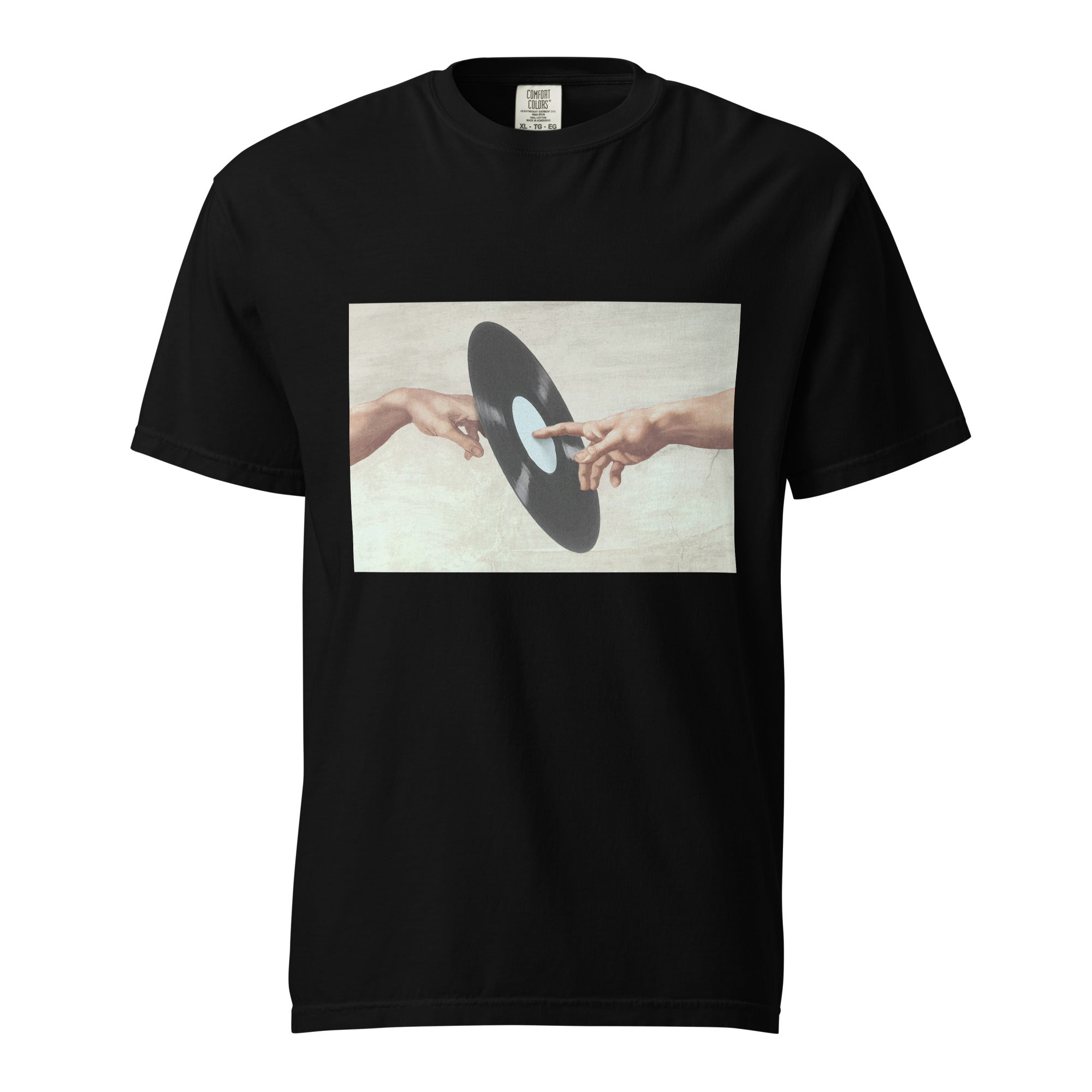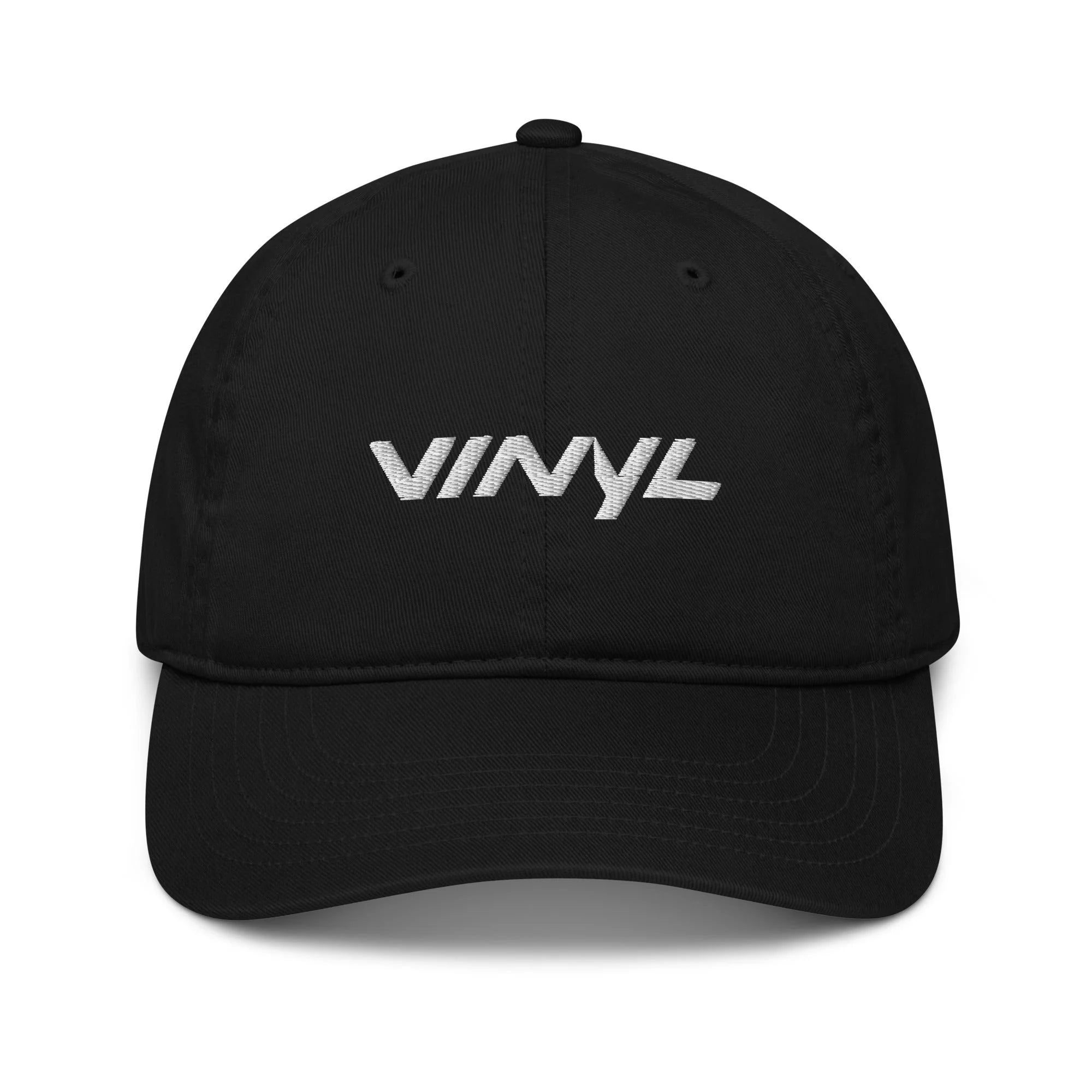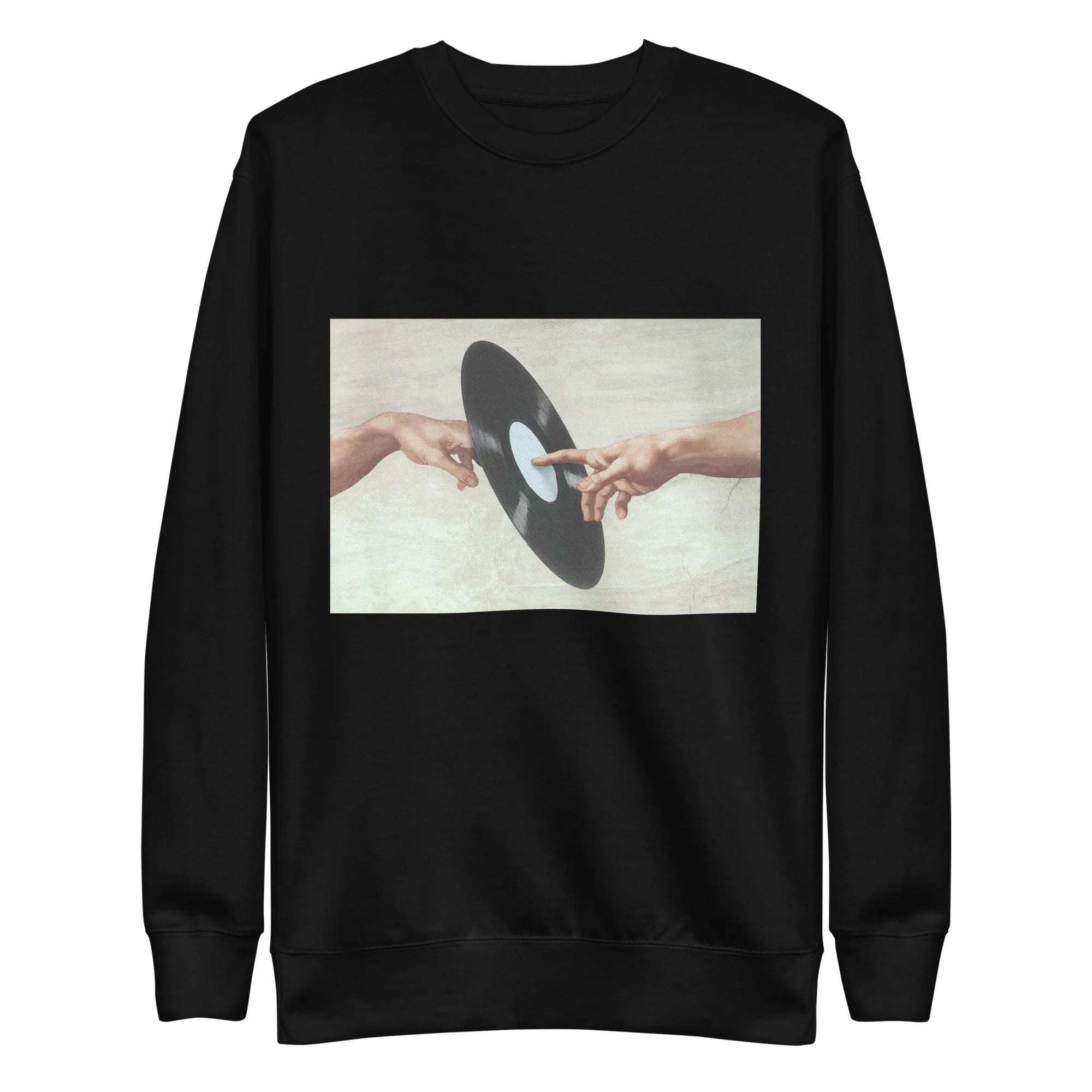The debate between vinyl and digital music formats resonates with music enthusiasts worldwide. While digital music offers unmatched convenience, vinyl records bring a unique tactile and auditory experience. This ongoing discussion isn't just about audio quality; it's about how we interact with music as a whole. Vinyl enthusiasts often cite the richer, more authentic sound, while digital music fans appreciate the ease of access and vast selection. This debate touches on nostalgia, technology, and the evolving landscape of music consumption, making it a fascinating topic for music lovers of all ages.

The Tactile Experience of Vinyl
The ritual of placing the needle on a vinyl record is a cherished moment for many music enthusiasts. This action signifies the beginning of an immersive listening experience, one that engages multiple senses. The sound of the needle touching down, followed by the faint crackle before the music starts, is almost ceremonial for vinyl lovers. This physical interaction with the music medium is absent in digital formats, making the needle drop a distinctive feature of the vinyl experience. It's a deliberate process that requires attention and care, adding a level of intentionality to music listening that many find deeply satisfying.
Handling vinyl records involves a certain level of physical interaction that is both intimate and engaging. From carefully removing the record from its sleeve to flipping it over to the other side, these actions create a tangible connection between the listener and the music. This physicality extends to the visual enjoyment of album art and liner notes, which are often considered works of art themselves. The act of collecting, organizing, and caring for vinyl records adds another dimension to the music experience, one that is deeply personal and reflective of individual taste and identity.
Owning a physical copy of an album can feel like possessing a piece of the artist's work, a sentiment often lost in the digital realm. Vinyl collectors often speak of the joy of browsing through their collections, selecting a record, and the tactile pleasure of engaging with music in a physical form. This tangibility makes the vinyl more than just a medium for music; it's a medium for connection and nostalgia, providing a physical manifestation of musical memories and emotions.
Sound Quality Comparison
The debate over sound quality between vinyl and digital formats is a nuanced one, with each offering unique auditory experiences. On one side, we have the warmth of analog vinyl sound, often praised for its depth and richness. Vinyl enthusiasts argue that this format captures the full spectrum of sound, including subtle nuances that digital formats may miss. The analog nature of vinyl means that the sound isn't compressed, leading to a more natural and dynamic listening experience. This warmth is often associated with a more authentic representation of the music as if the listener is in the studio with the musicians.
Digital music is celebrated for its clarity and precision. The digital format allows for sound compression, which while making music files more accessible and easy to distribute, often leads to a loss of some sound details. However, advancements in digital audio technology have significantly improved the quality of digital music. High-resolution audio files can offer a listening experience that closely rivals, and sometimes surpasses, analog formats in terms of clarity and fidelity.
From an audiophile's perspective, the preference often comes down to the type of music and the listening environment. Some argue that the analog sound quality of vinyl offers a more immersive and emotionally resonant experience, particularly for certain genres like jazz and classical music. In contrast, digital music's consistency and precision make it favorable for modern pop, electronic, and heavily produced tracks.
Convenience and Accessibility of Digital Music
Global Accessibility
Digital platforms have revolutionized music consumption by providing unprecedented access to a wide array of music from across the globe. This global accessibility enables listeners to explore diverse musical traditions and artists from different countries, often without any additional cost. Such exposure was less feasible in the era of physical music stores due to the limited space for inventory and the focus on local or mainstream music. Today, a person in the United States can easily explore K-pop, African beats, or traditional Irish folk songs with a few clicks. It has also opened up new markets for artists outside their home regions, allowing musicians from smaller countries or less popular genres to reach international audiences and achieve global fame.
Unlimited Choices
The introduction of streaming services has revolutionized the way we access music, making it more convenient and expansive than ever before. With the ability to explore a diverse range of musical styles and artists from across the globe, these platforms have changed not just what we listen to but how we engage with music:
- Vast Selection: Streaming services have democratized access to music by providing a platform where both well-known and obscure artists can showcase their work. Whether you're a fan of indie artists, classical symphonies, or the latest pop hits, these services offer an exhaustive catalog that caters to every musical taste. Such inclusivity has bridged the gap between artists and listeners worldwide, making it easier for emerging talents to gain exposure and for music enthusiasts to discover their next favorite song.
- No Physical Limits: Traditional constraints like the capacity of a CD rack or the local availability of records are no longer barriers in the digital age. Streaming platforms provide unlimited storage for music, allowing users to maintain vast personal libraries without worrying about physical space. This shift has not only streamlined the way we collect and store music but also preserved the quality and integrity of sound recordings, which are no longer susceptible to wear and tear from physical media.
- Instant Access: The ability to access music instantly has become a hallmark of streaming services. As soon as new tracks are released, they're available globally, enabling fans to listen to the latest from their favorite artists without delay. This immediacy has also enhanced the way we experience global music trends, allowing users to stay current with evolving genres and breakout artists. The impact extends beyond personal enjoyment to influence radio play, chart success, and even the timing of releases in the industry.
- Explorative Listening: Streaming services encourage exploration by making it effortless to venture beyond familiar musical landscapes. With features like radio stations based on listening habits and recommendations tailored to individual tastes, these platforms are designed to introduce listeners to new music.
- Changing Habits: The convenience of streaming has led to a shift in listening habits, where users engage in "music grazing." This term describes the tendency to listen to snippets of multiple tracks rather than committing to an entire album. This behavior reflects a broader cultural shift towards consuming content in bite-sized pieces, which is facilitated by the seamless user interfaces and personalized feeds of streaming platforms. While this might detract from the traditional album experience, it allows for a more dynamic and customized interaction with music.
The impact of streaming services on the music industry and our listening habits is profound and multifaceted. By breaking down geographical and physical barriers, these platforms have not only expanded access to music but have also reshaped our interactions with it, fostering a more inclusive and exploratory musical culture.

Personalized Recommendations
Personalized recommendations on digital music platforms harness the power of algorithmic technology to enhance the user experience by introducing them to music that aligns with their tastes but might not have been discovered otherwise. These algorithms analyze listening habits, including genre preferences, frequently played tracks, and search history, to curate a list of suggestions that often uncover hidden gems and new artists. Such a feature is particularly beneficial for music enthusiasts eager to expand their auditory horizons, as well as for emerging artists looking to reach a new audience. Personalization goes beyond mere convenience; it creates a unique, individualized listening experience that can adapt and evolve with the user’s changing tastes, keeping the platform engaging and relevant over time.
Playlist Creation and Sharing
The feature of creating and sharing playlists on digital music platforms enhances user engagement by allowing listeners to curate collections of songs for every mood, occasion, or interest. These playlists can be shared publicly or with friends, facilitating a social experience that harks back to the days of mixed tapes but with far greater ease and reach. Community-driven features like collaborative playlists or social media integration make music discovery a communal event, intertwining personal connections with musical exploration. For instance, friends can add tracks to a group playlist in preparation for a party, or users can discover curated lists from influencers that align with their musical taste. This social aspect of music streaming not only keeps users returning to the platform but also fosters a shared cultural experience around music.
High-Resolution Options
For audiophiles who demand pristine audio quality, digital music platforms have significantly upped their game by offering high-resolution audio. This enhancement caters to those who seek the richest listening experience possible:
- Greater Sampling Frequencies and Bit Rates: High-resolution audio surpasses standard streaming by providing greater sampling frequencies and bit rates. This technical improvement means that the audio files have more data per second, allowing for a fuller, more detailed sound. By capturing the intricacies of each note and the subtleties in tones, high-resolution audio delivers a clarity that deeply immerses listeners in the music, making it feel like the artist is performing right in front of them.
- Rivals Physical Media: The quality of high-resolution audio streaming is designed to match or even surpass that of CDs and vinyl. This is a monumental shift, considering the longstanding preference for these physical formats among serious music enthusiasts who cherish deep, rich sounds.
- Advances in Streaming: High-resolution audio represents a significant advancement in streaming technology. It directly addresses and aims to rectify the criticisms long held regarding the poorer sound quality of streamed music compared to other formats. By employing advanced encoding and decoding technologies, platforms can now stream music at high bitrates without the loss of audio fidelity, turning a previously compromised listening experience into one that satisfies even the most discerning ears.
- Balances Quality with Convenience: With high-resolution audio, listeners no longer have to choose between sound quality and convenience. This feature integrates the nuances and fullness of high-fidelity sound within the accessible framework of streaming platforms. It enables users to enjoy audiophile-level sound through their usual digital setups, eliminating the need for extensive physical collections or specialized equipment.
- Attracts Audio Enthusiasts: By offering high-resolution audio, digital platforms can significantly broaden their appeal to a niche market of audio enthusiasts. This segment of consumers, who value superior sound quality above all else, can now find a compelling reason to embrace digital music services. It also serves to elevate the overall standard of digital music consumption, potentially drawing more listeners towards high-quality audio products.
As digital platforms continue to innovate, the introduction of high-resolution audio is a clear testament to the industry's commitment to quality. By meeting the high standards of audiophiles and regular listeners alike, these platforms are not just expanding their user base—they are also contributing to a broader appreciation and demand for high-quality audio in the digital age.
While vinyl records offer a unique listening experience, their accessibility contrasts sharply with digital music. Vinyl requires a physical medium, which needs proper storage and care, and a record player for playback. The act of purchasing vinyl often involves visiting a record store or an online vinyl record store, making the process more involved compared to the instantaneous nature of digital music. This contrast highlights the different values and experiences associated with each format – the tactile, intentional experience of vinyl versus the convenience and immediacy of digital music.

As we navigate the digital age, let's remember that the pleasure of music extends beyond the medium. Whether you drop the needle on a vinyl record or stream your favorite tracks, the joy, emotion, and connection that music brings are what truly matter. Embrace the uniqueness of each format, appreciate the past, embrace the present, and look forward to a future where music continues to enrich our lives in its diverse forms.

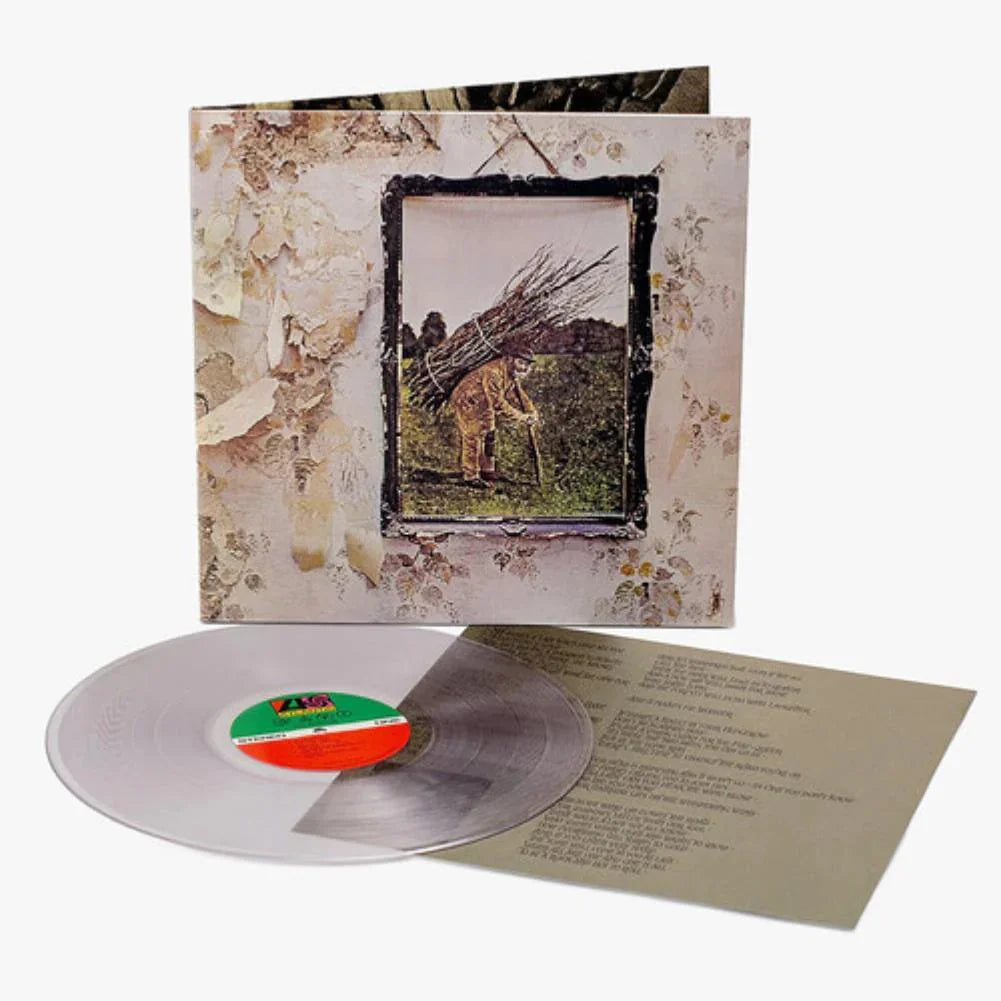
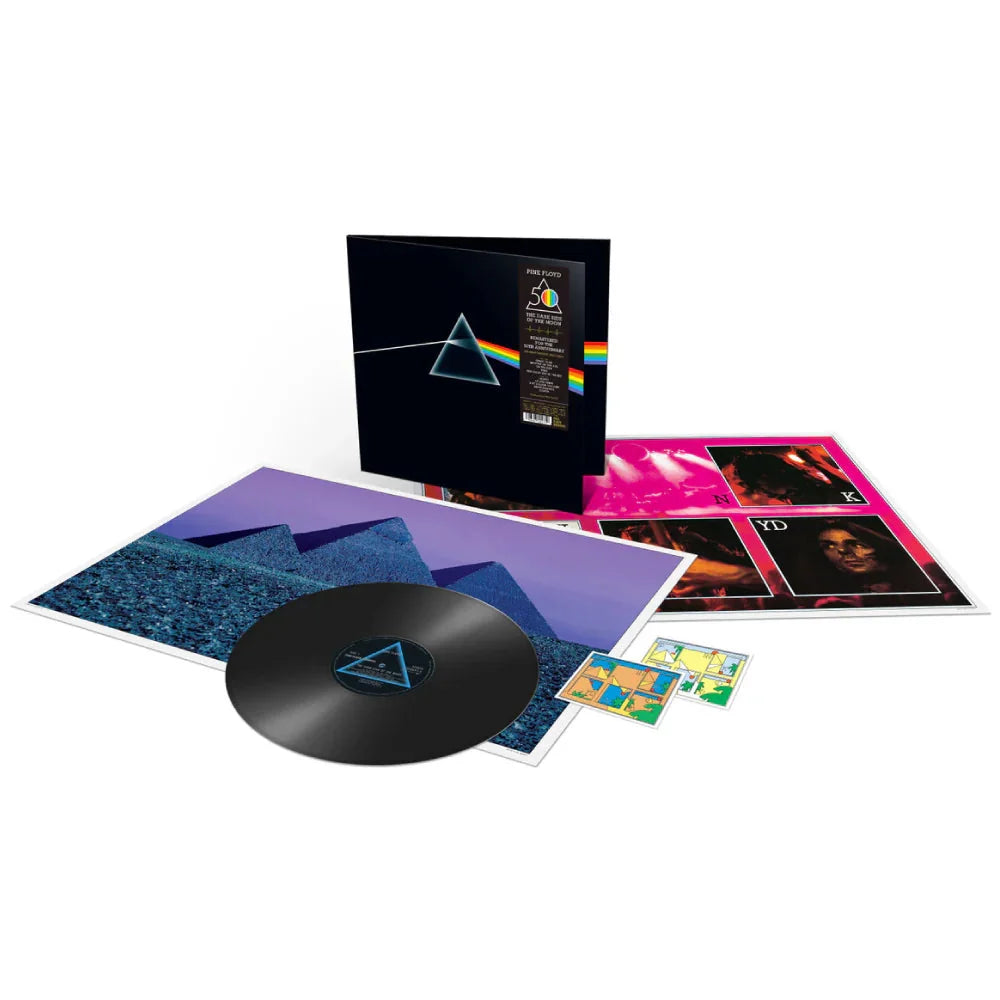
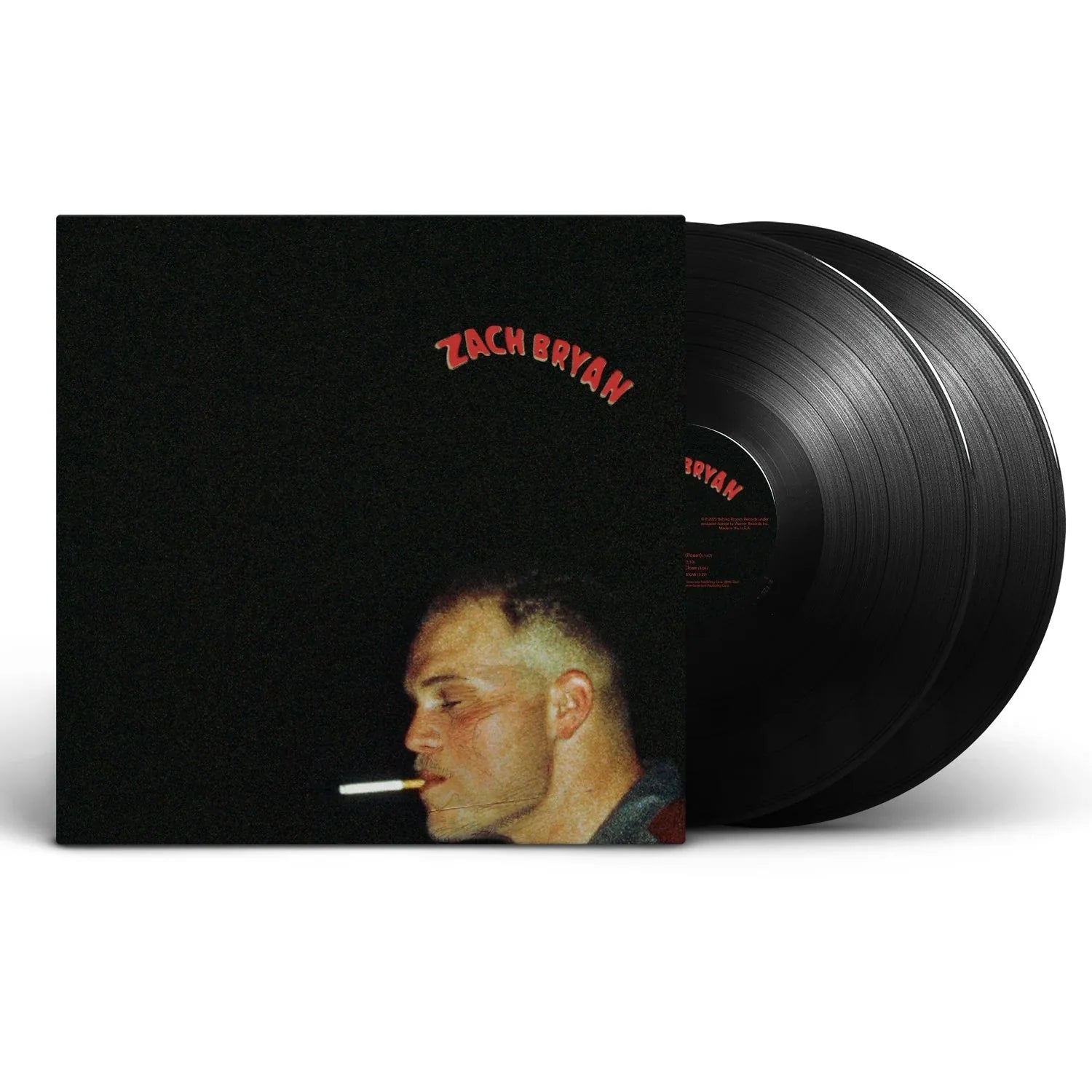
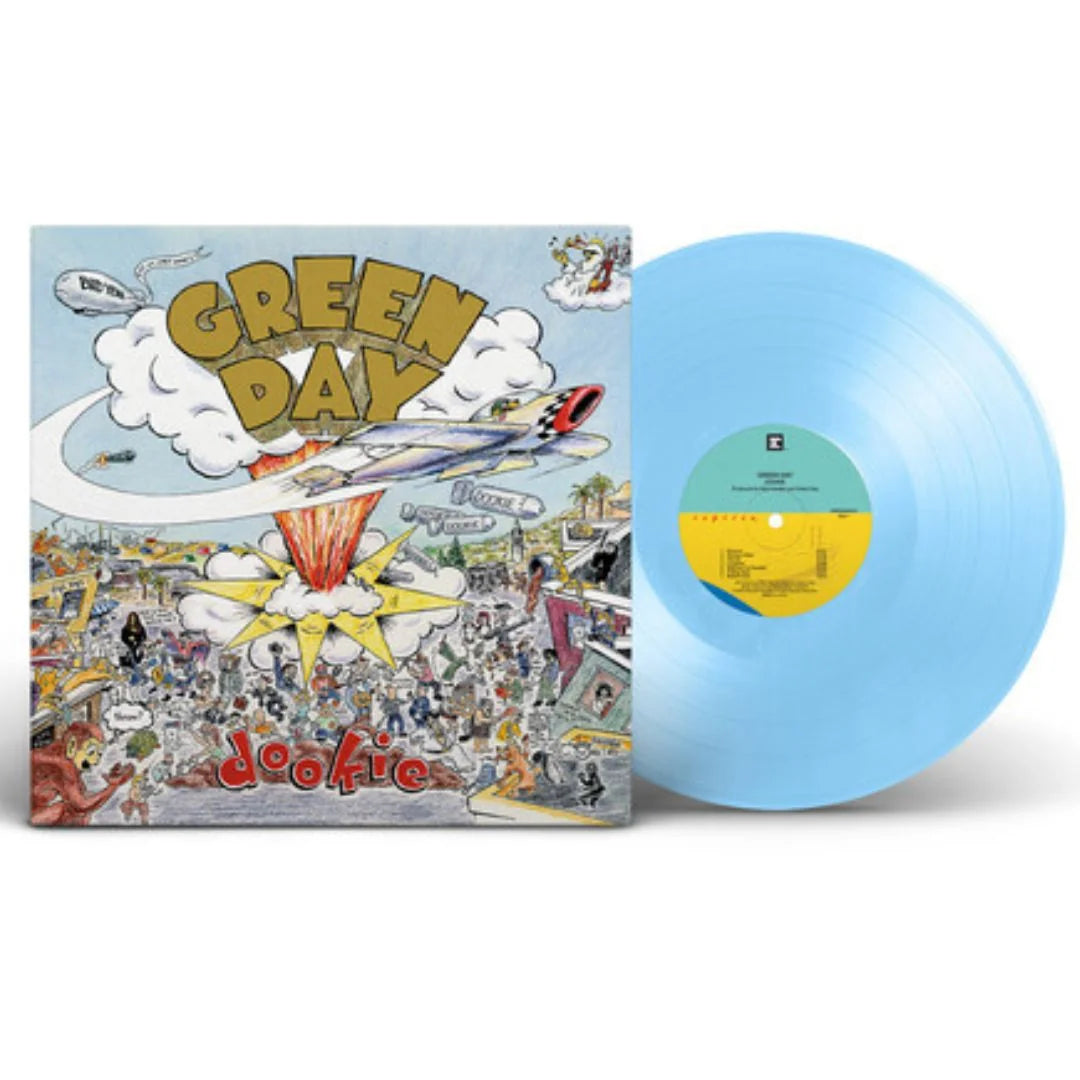
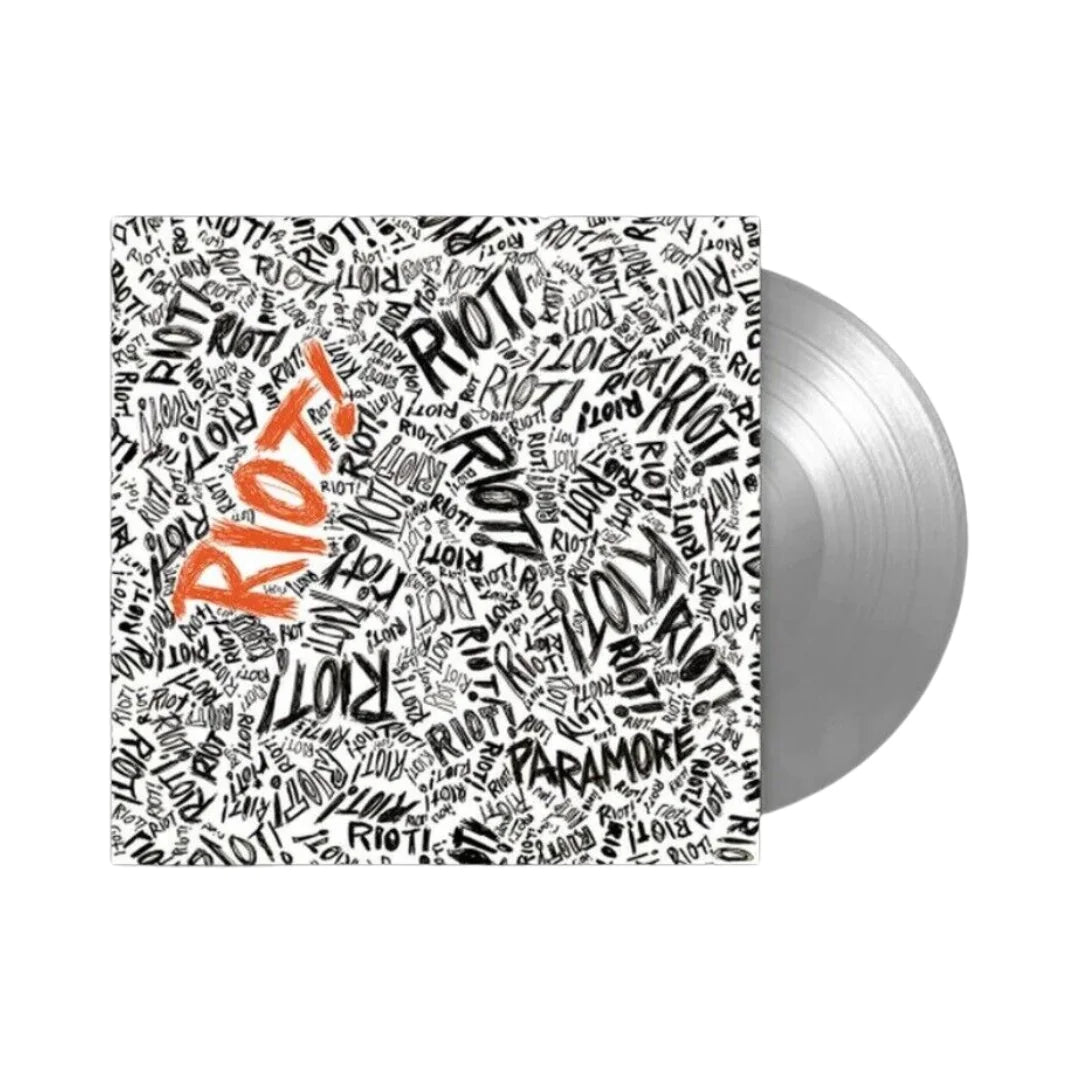
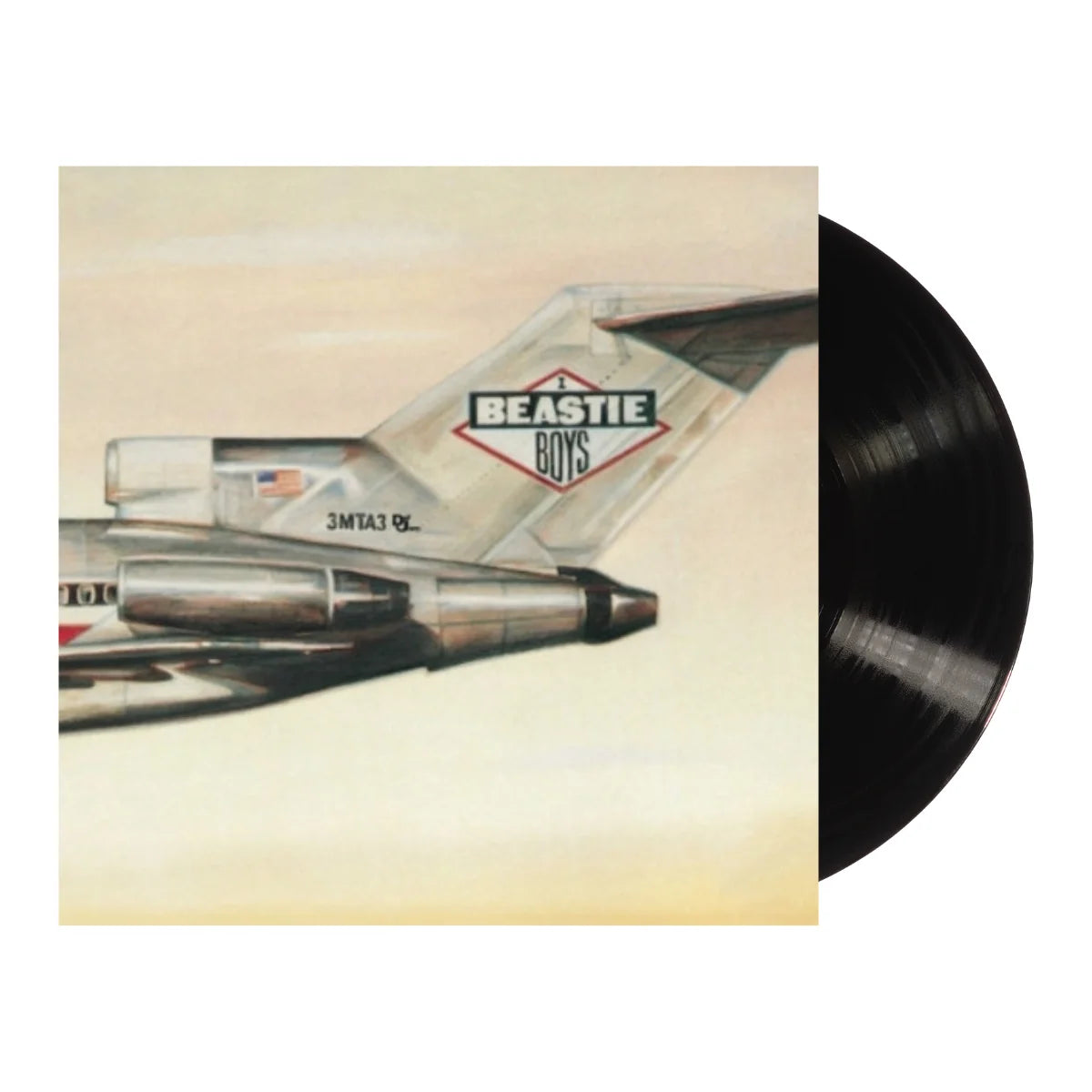
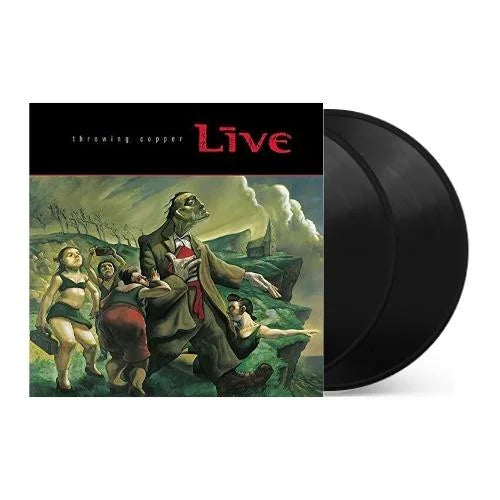
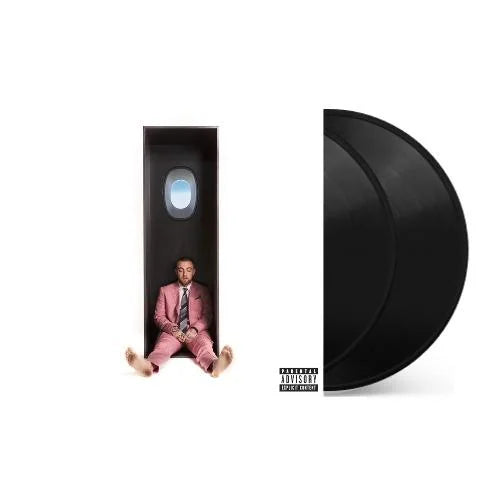
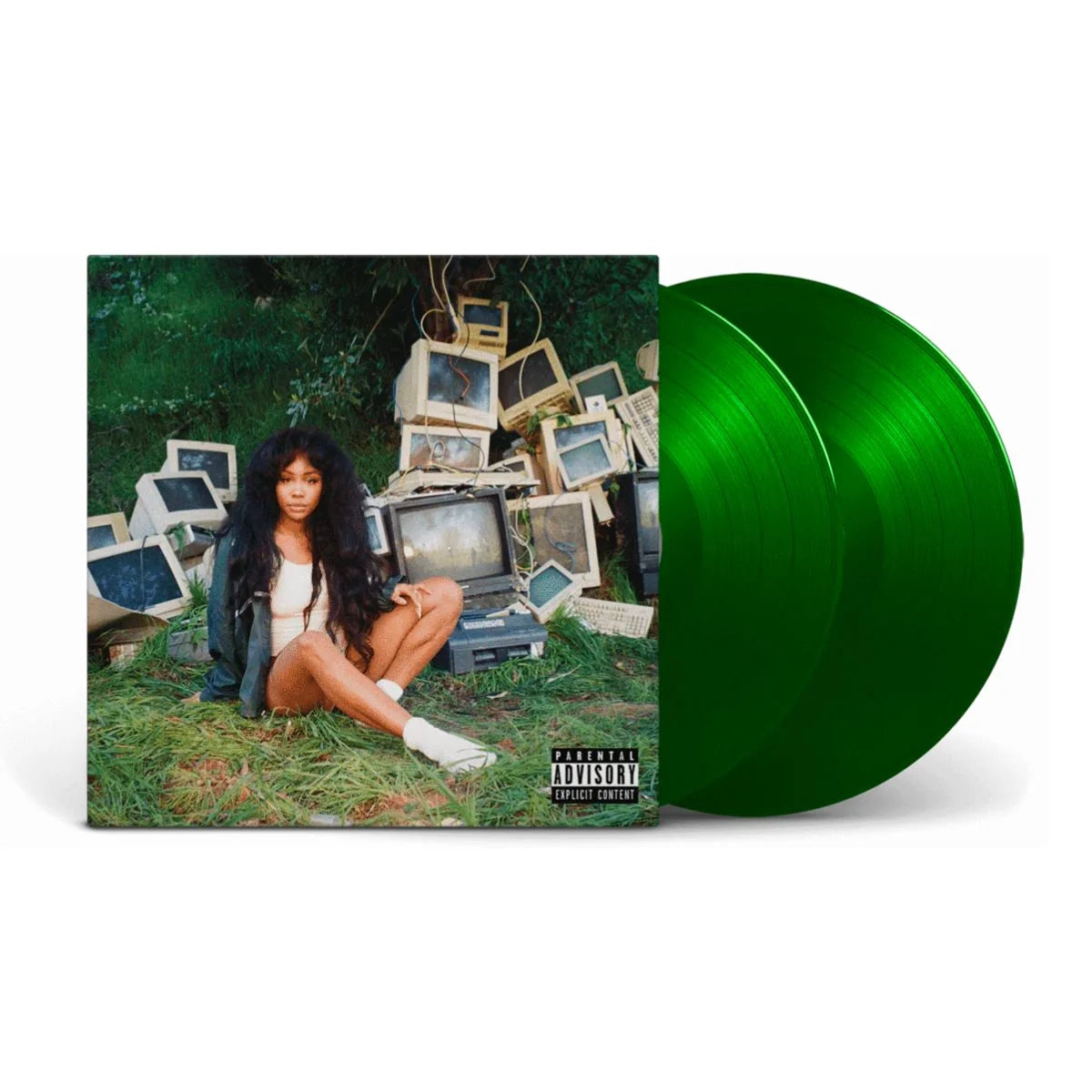
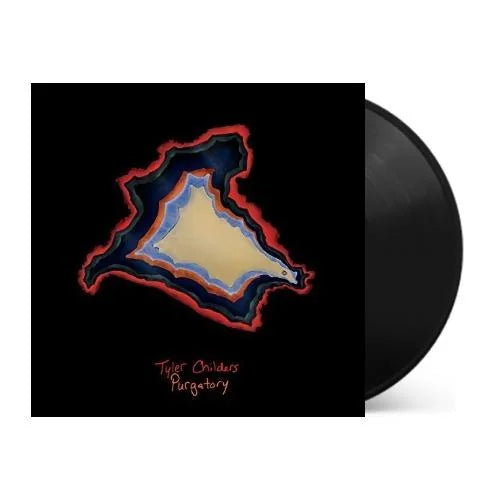
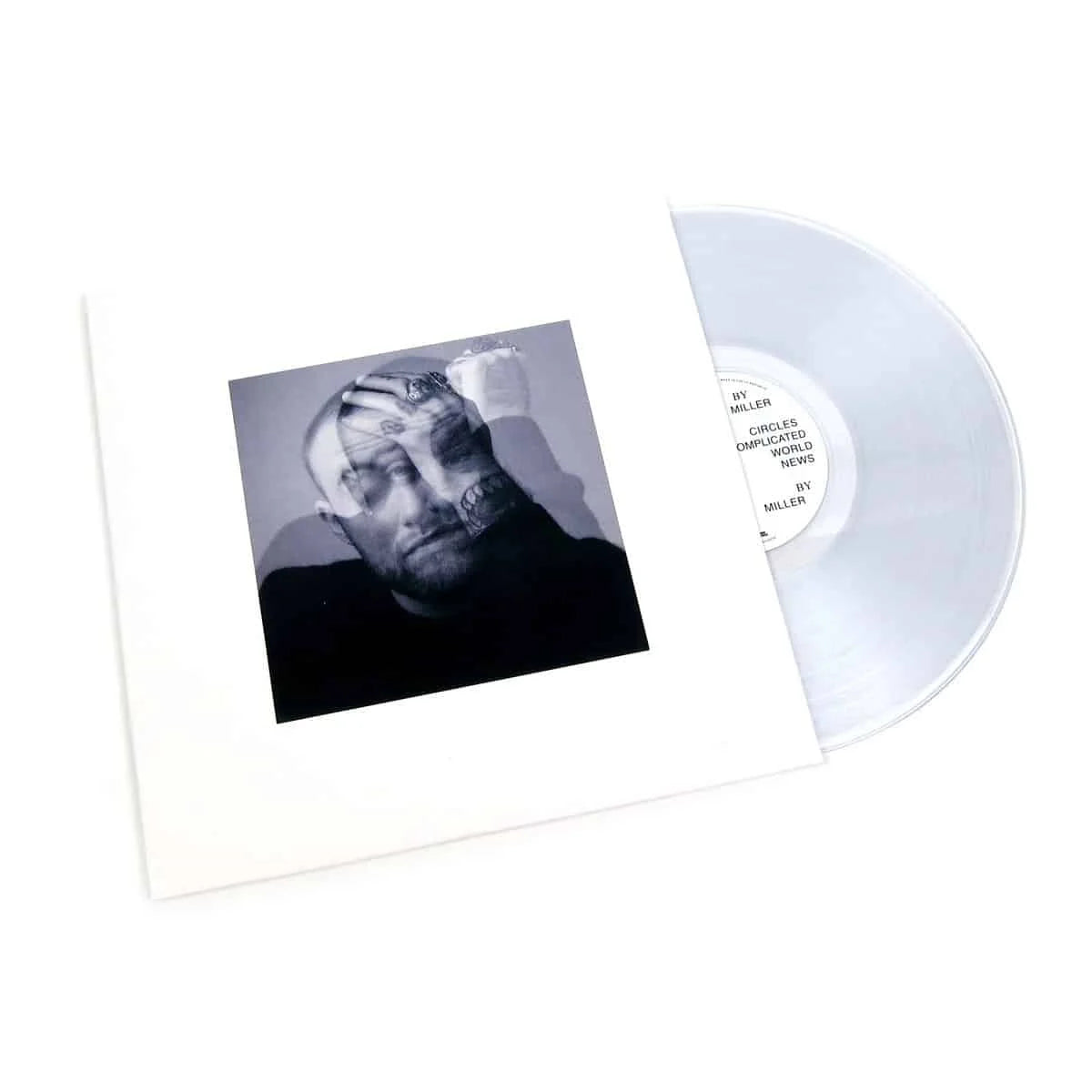
![The Grateful Dead - The Music Never Stopped [6LP Box Set]](http://vinyl.com/cdn/shop/files/The_Grateful_Dead-The_Music_Never_Stopped__6LP_Box_Set.jpg?v=1747729623&width=5760)
![Fleetwood Mac - Fleetwood Mac 1975 To 1987 [Clear 6LP Box Set]](http://vinyl.com/cdn/shop/files/2RHILP81833__61378.jpg?v=1743391443&width=5760)
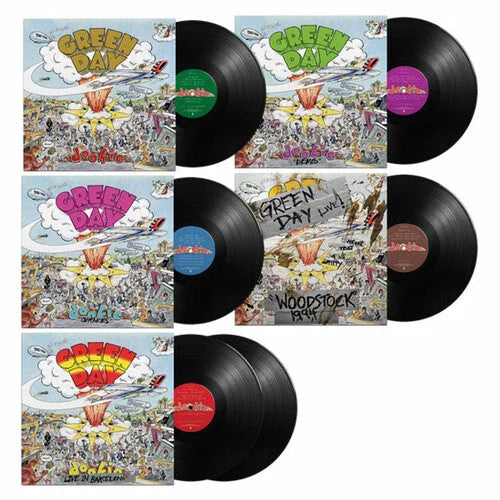
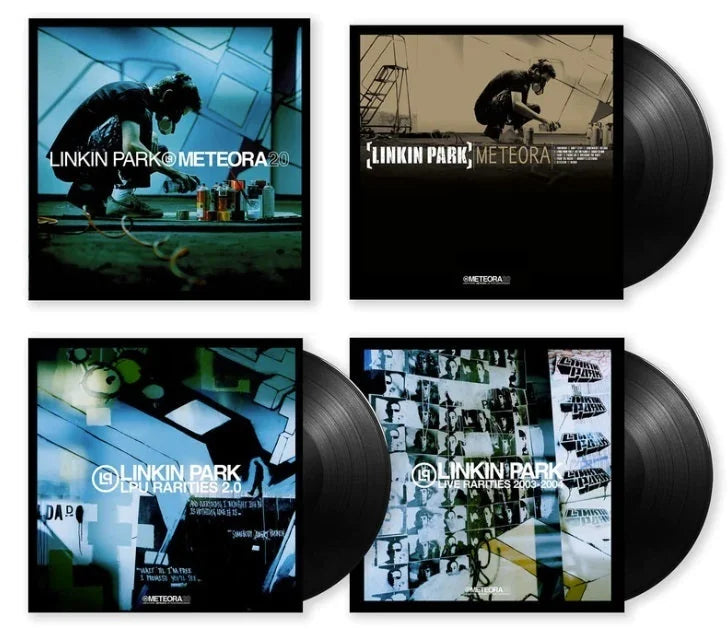
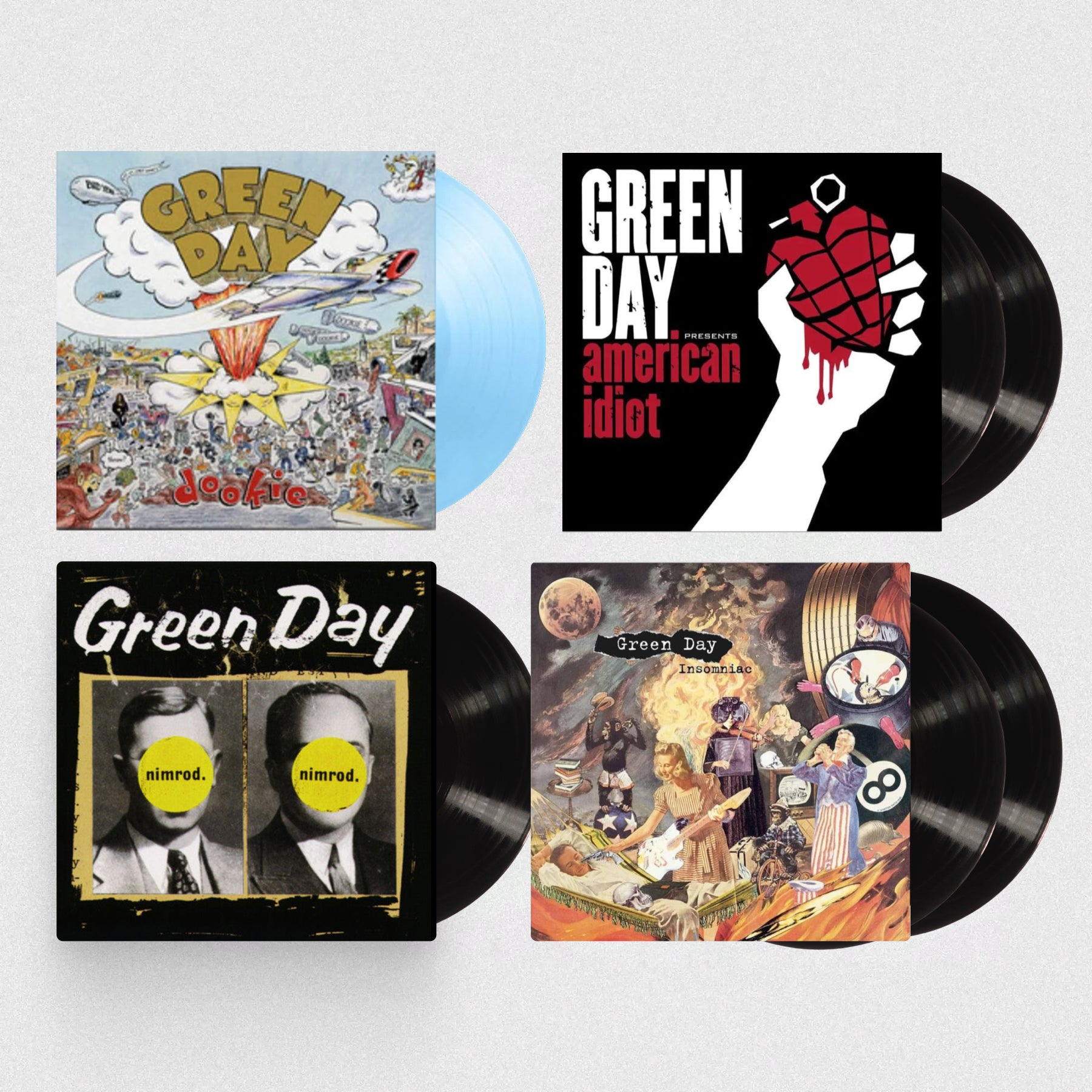
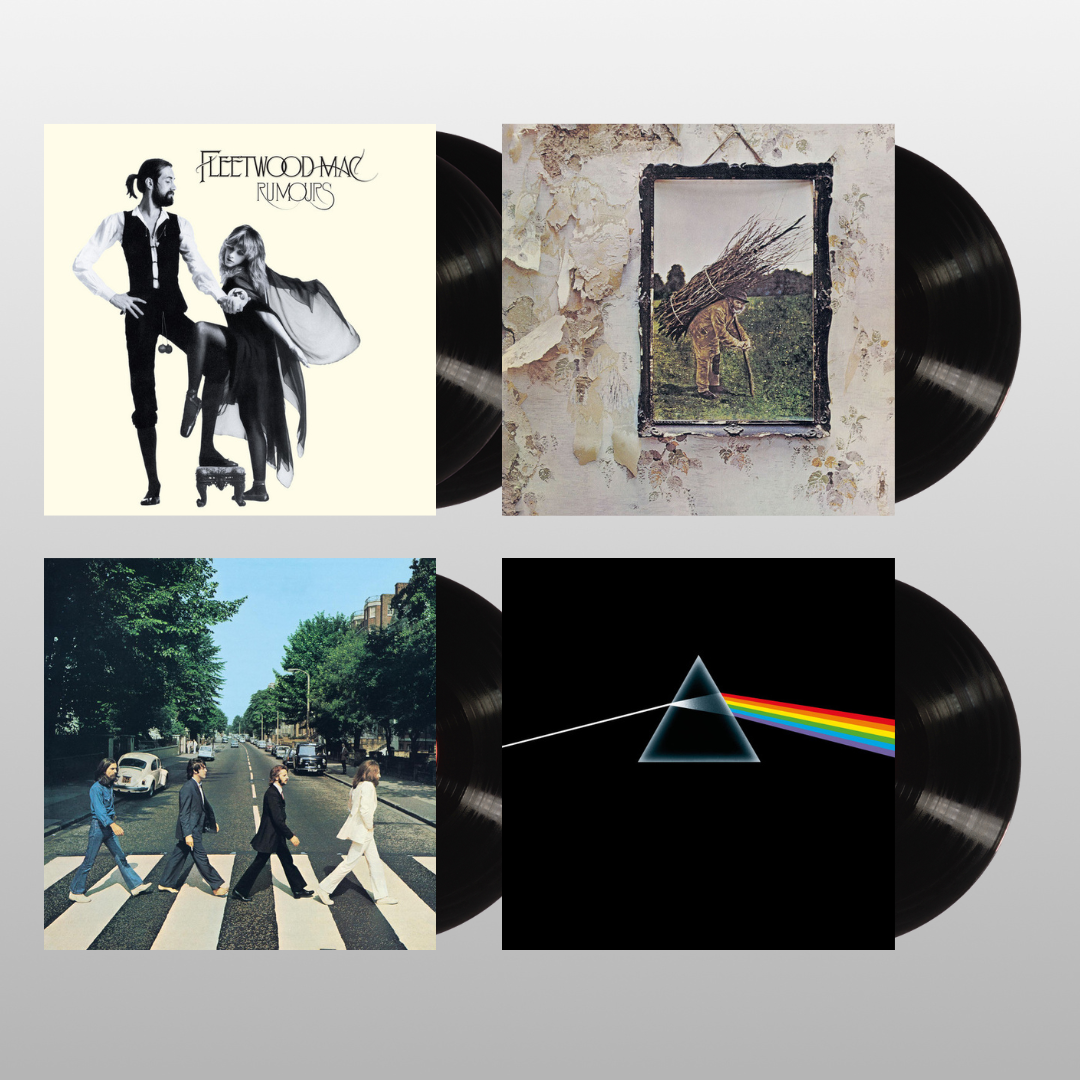
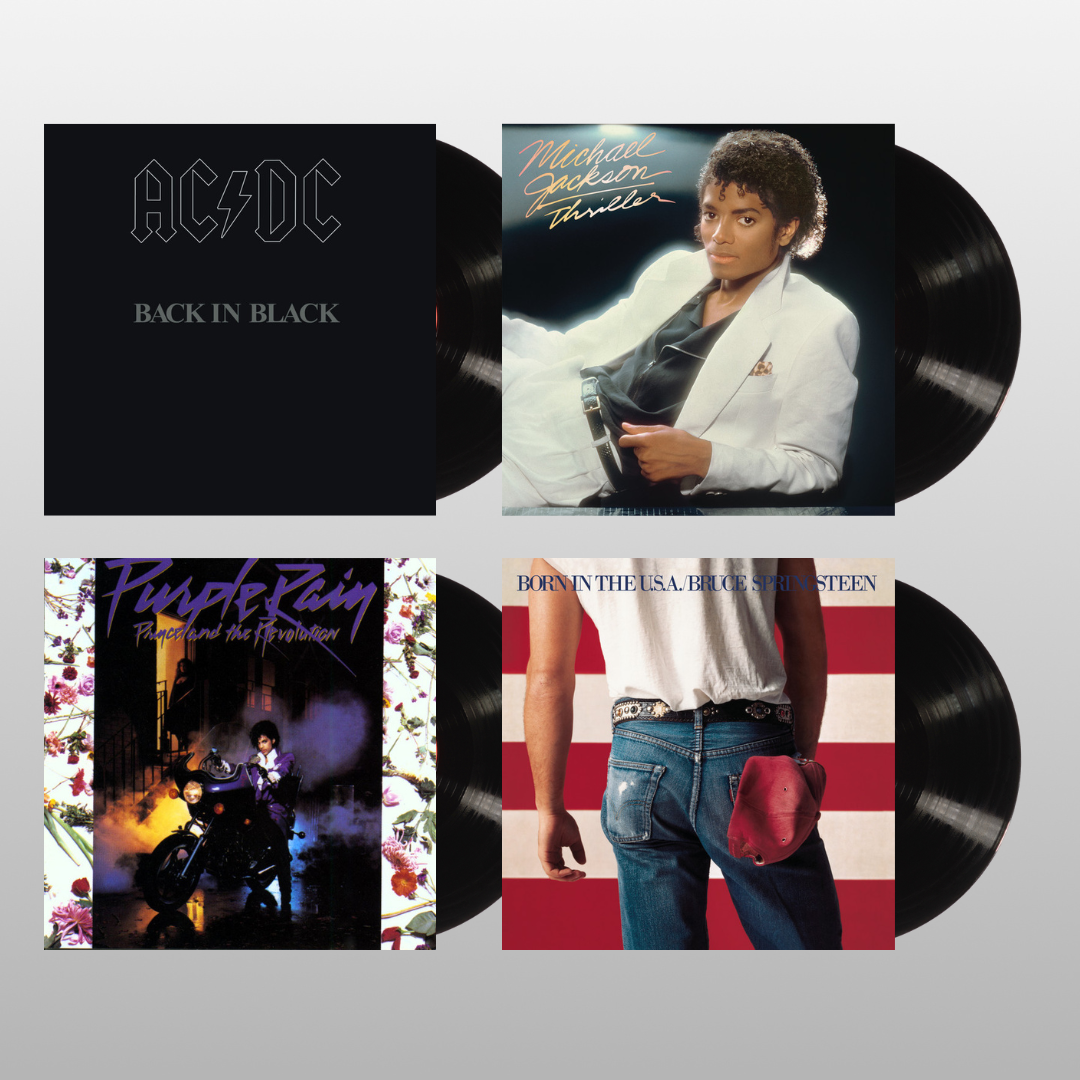
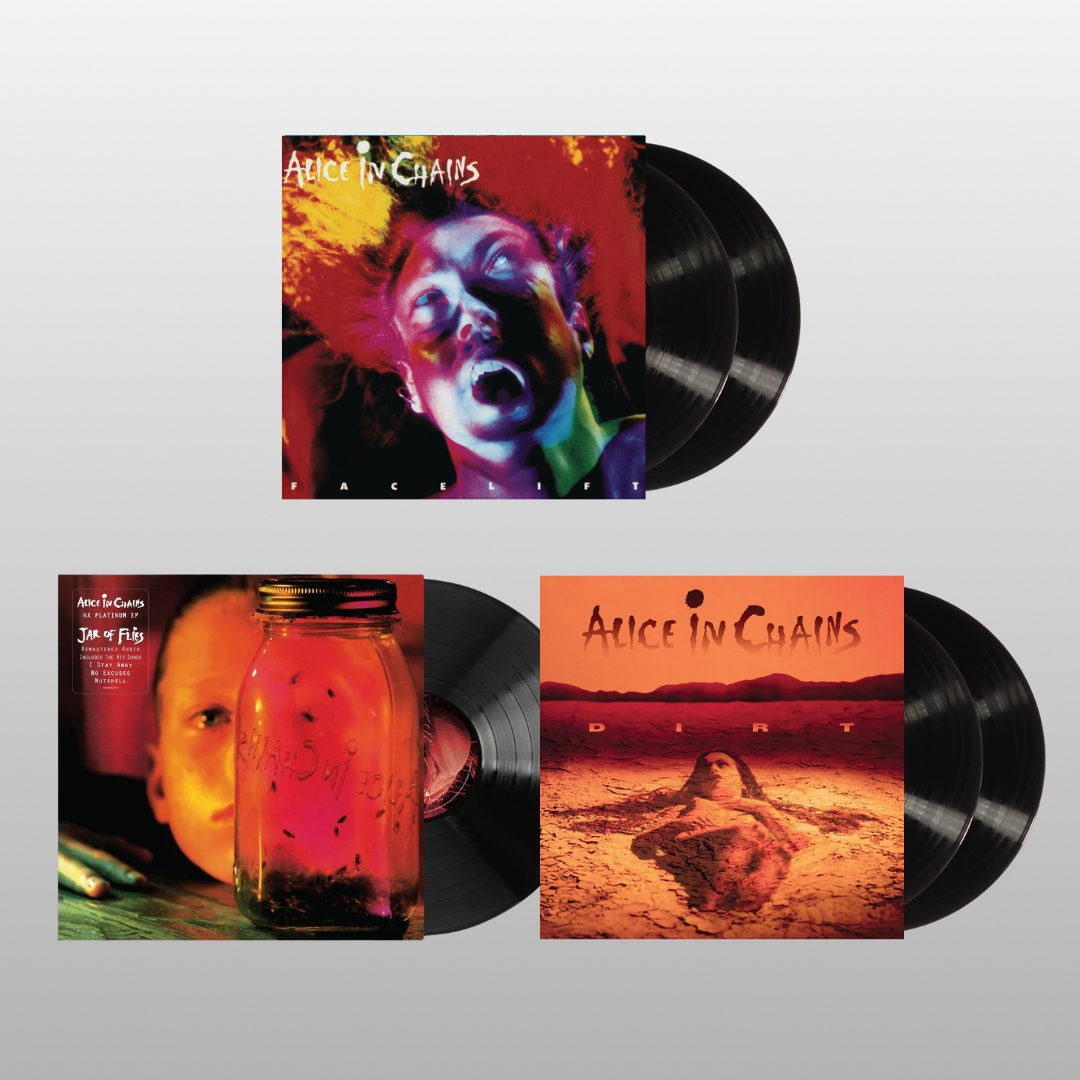
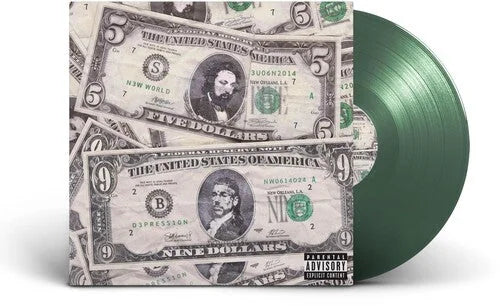
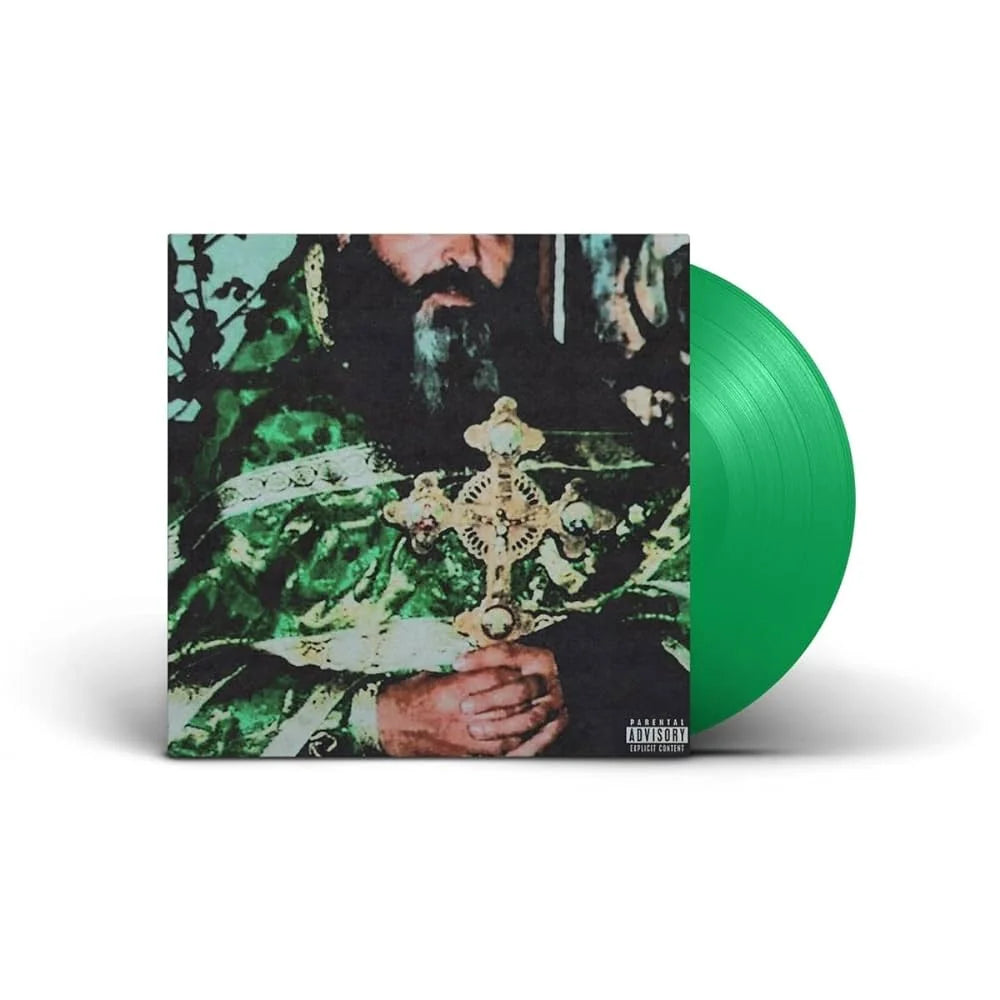
![$Uicideboy$ - Thy Kingdom Come [Clear]](http://vinyl.com/cdn/shop/files/4435583-3407920.jpg?v=1754460746&width=5760)
![(hed) p.e. - New And Improved [Pink]](http://vinyl.com/cdn/shop/files/4425252-3389420.jpg?v=1746578880&width=5760)
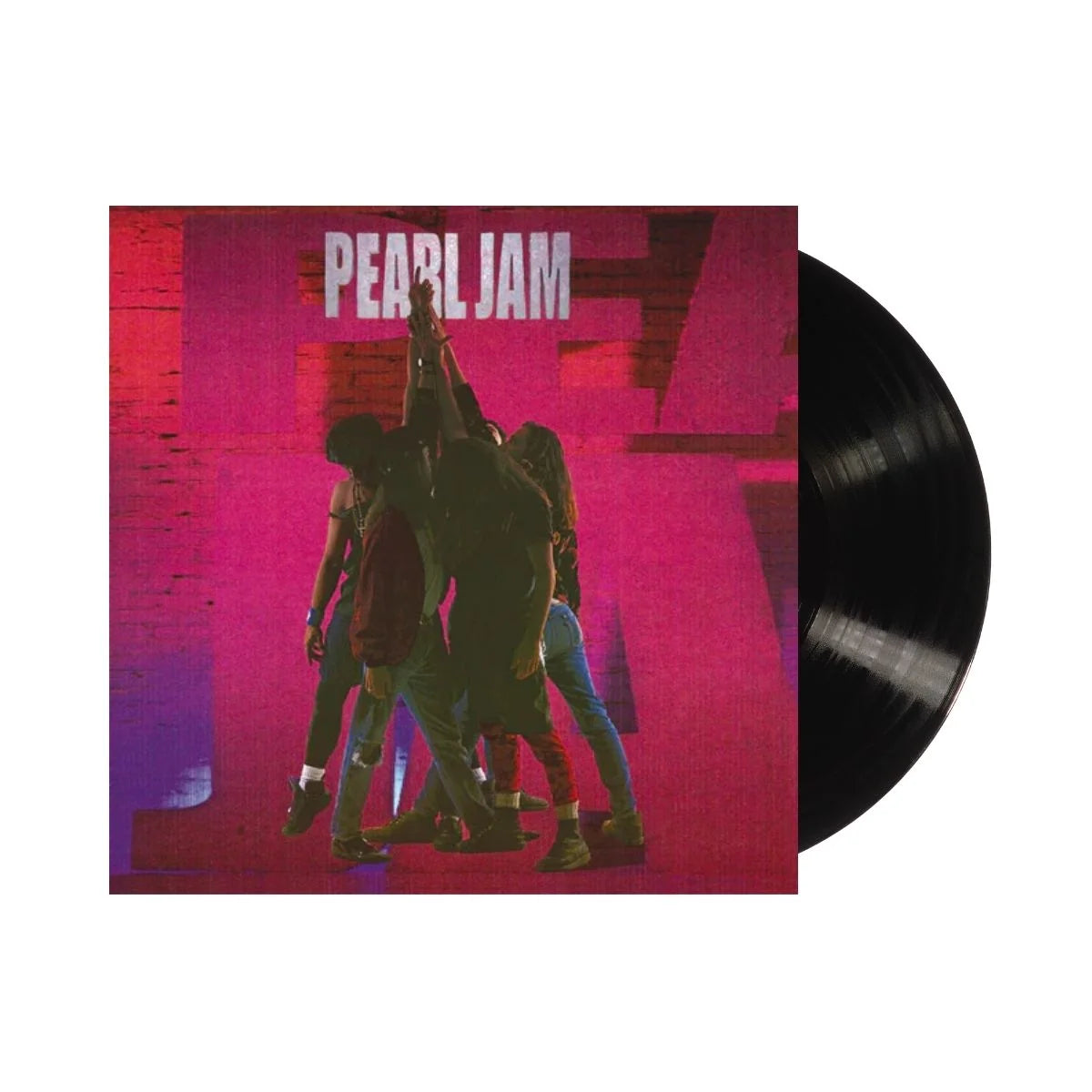

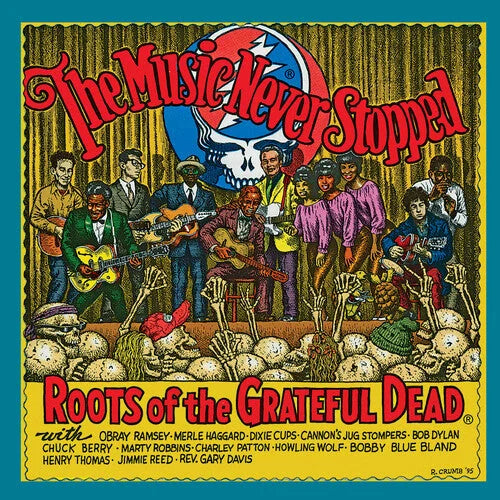

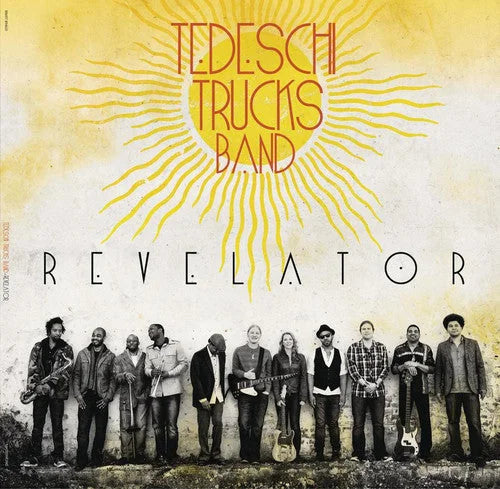
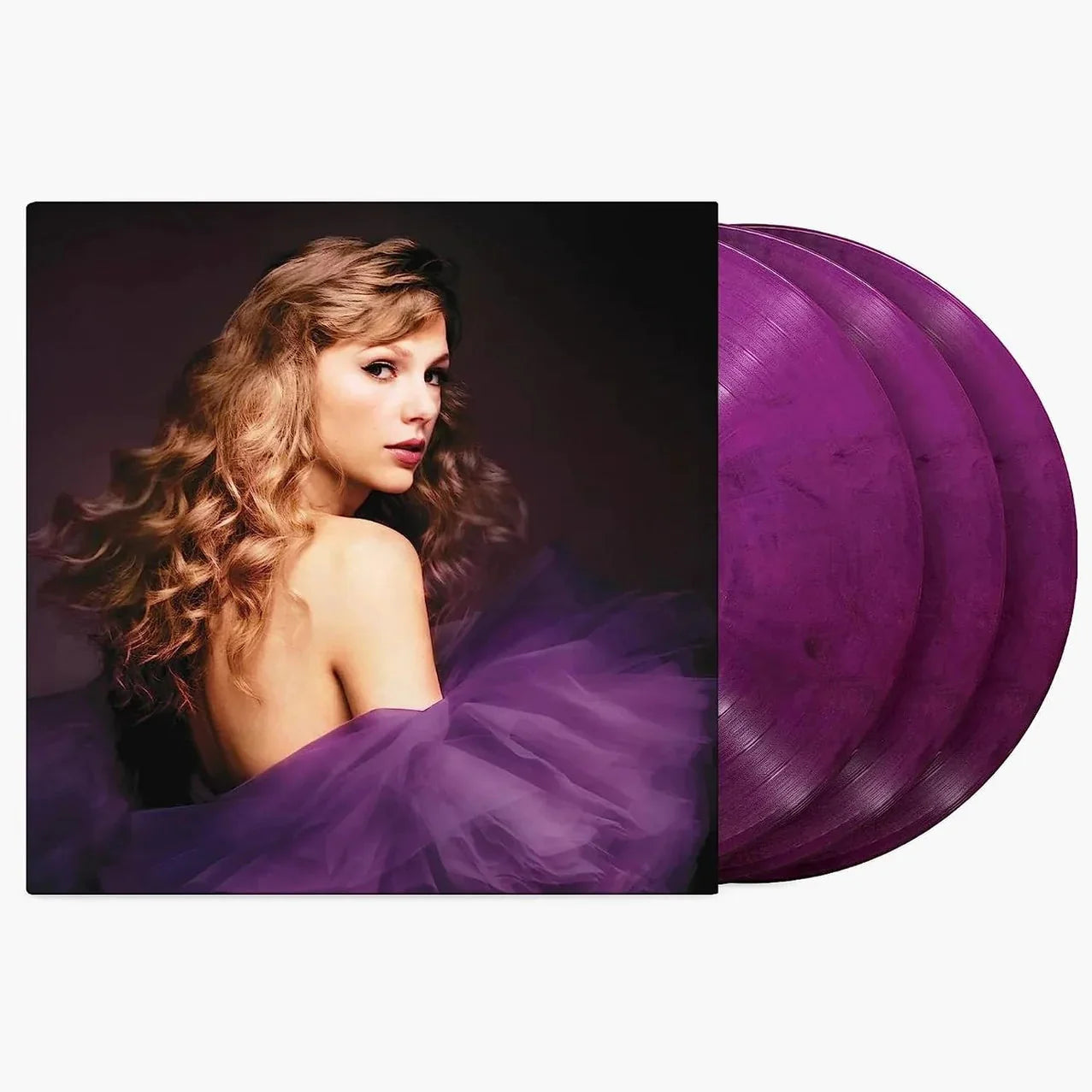
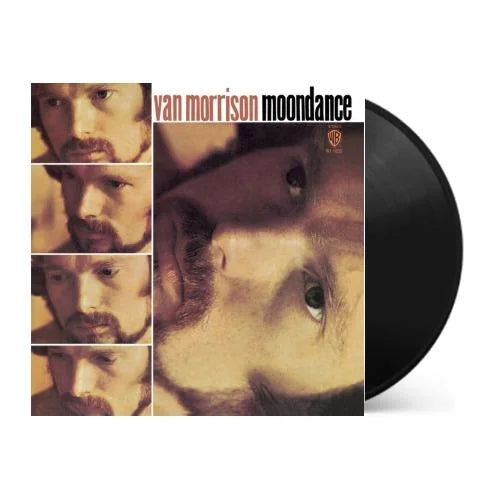
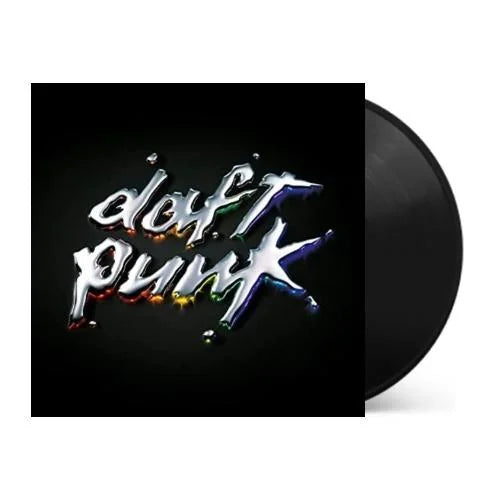
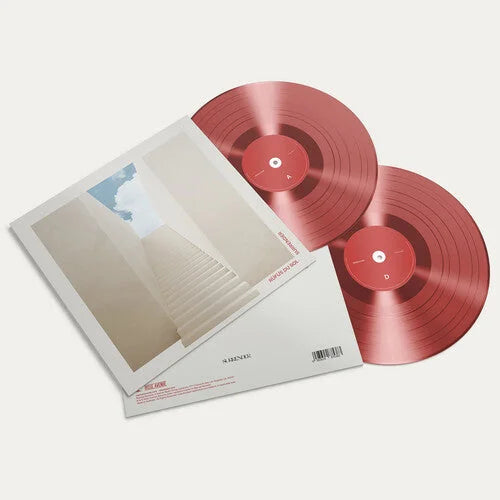
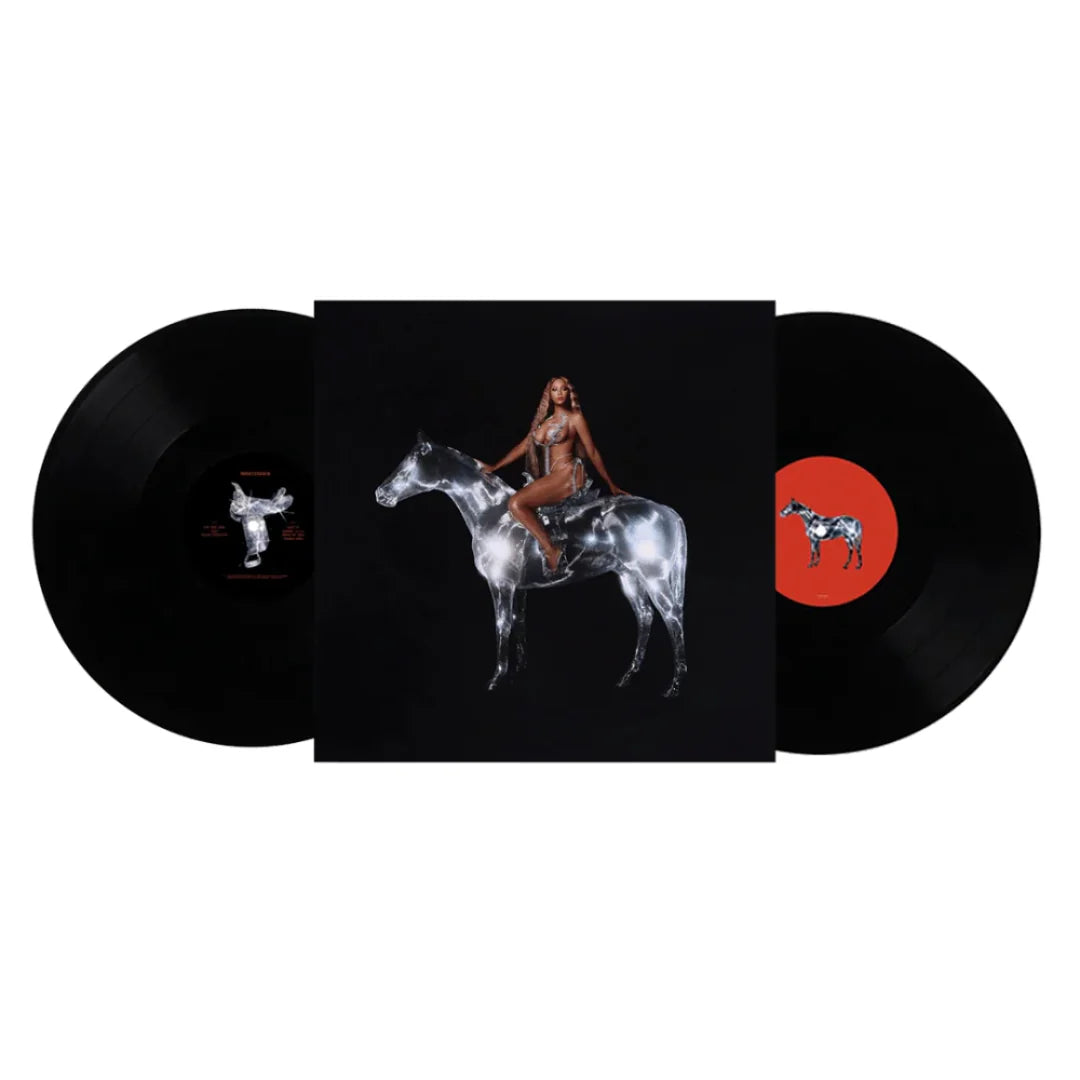
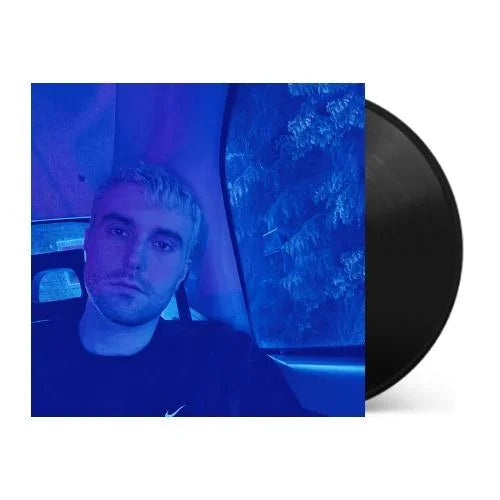
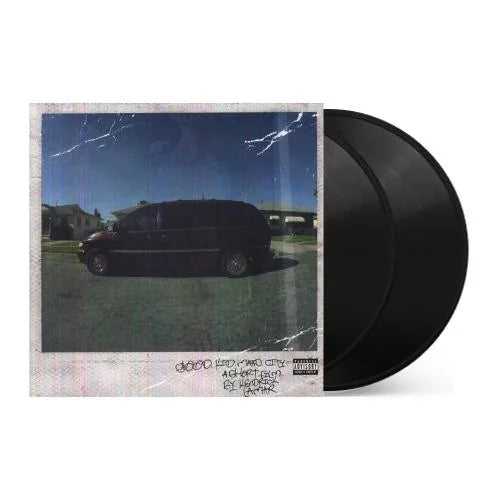
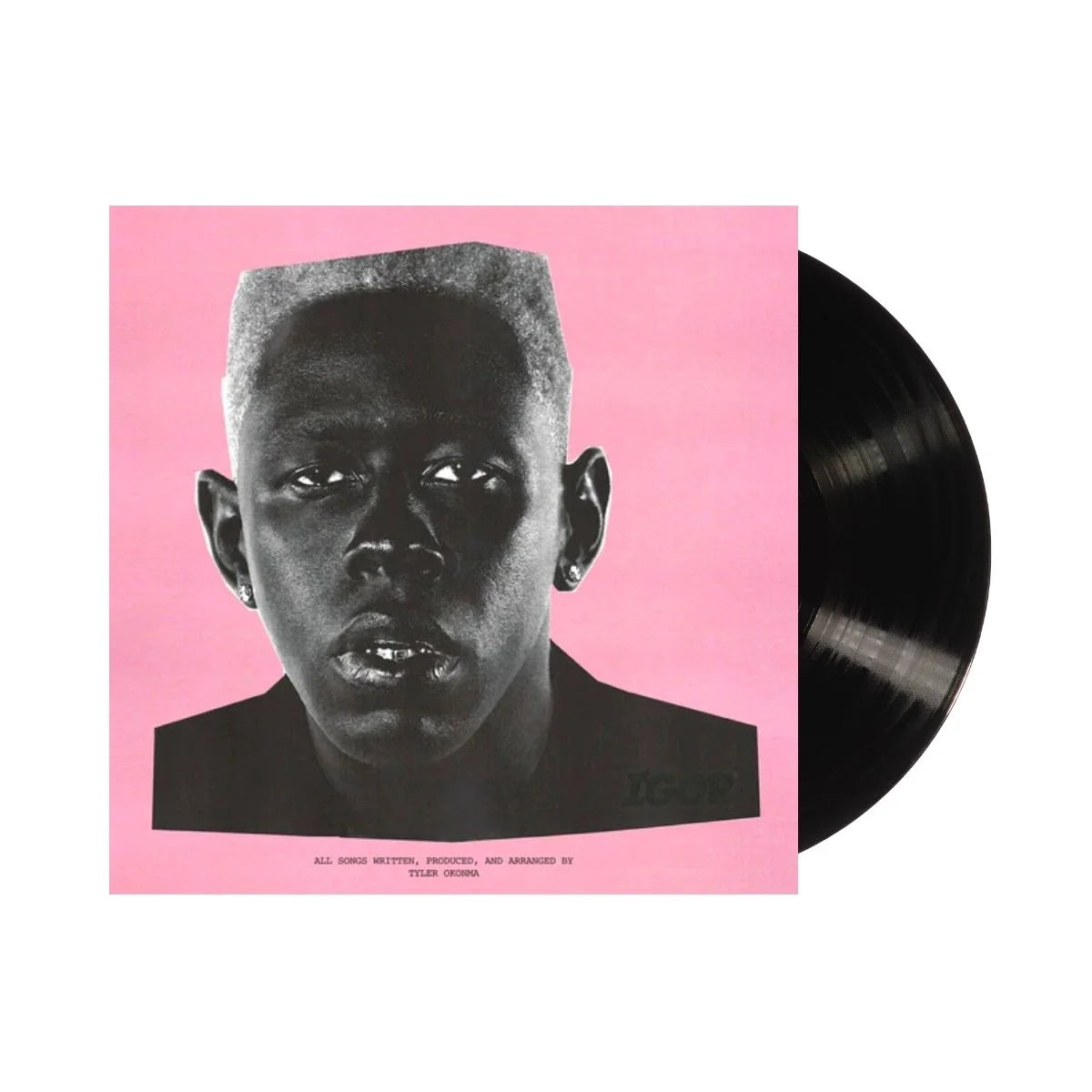
![Miles Davis - Kind of Blue [180-gram]](http://vinyl.com/cdn/shop/files/Y4LPMD03.webp?v=1742198237&width=5760)


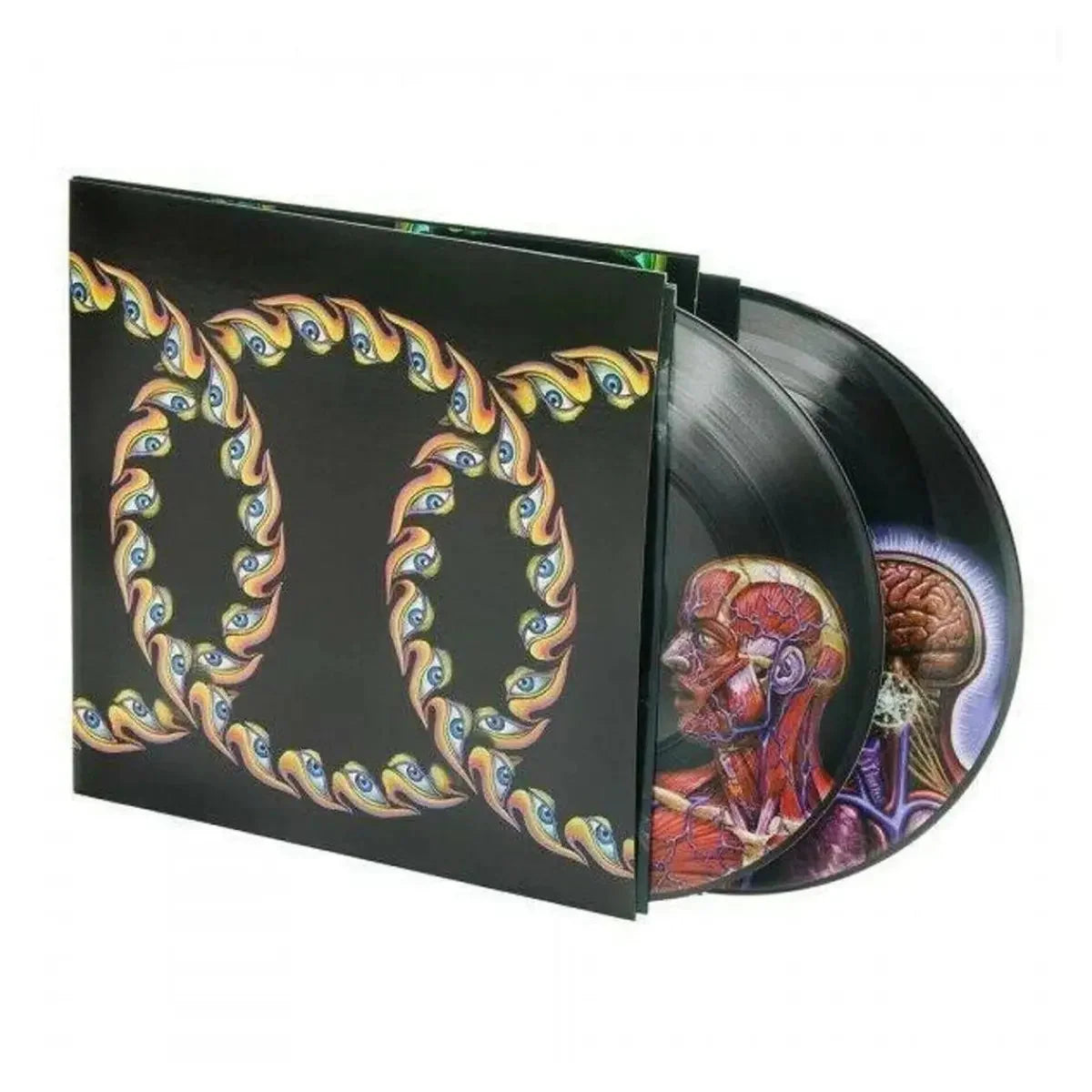
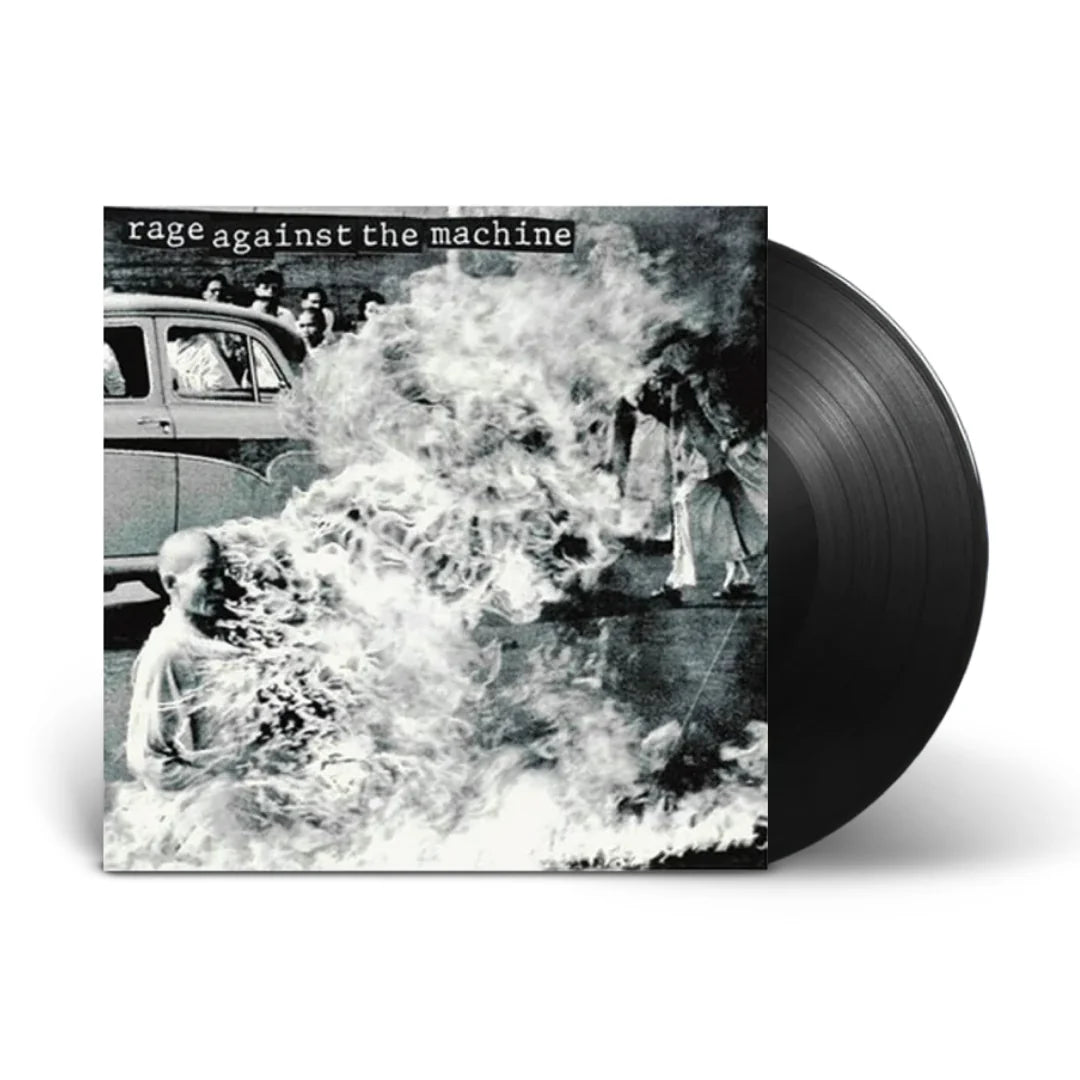
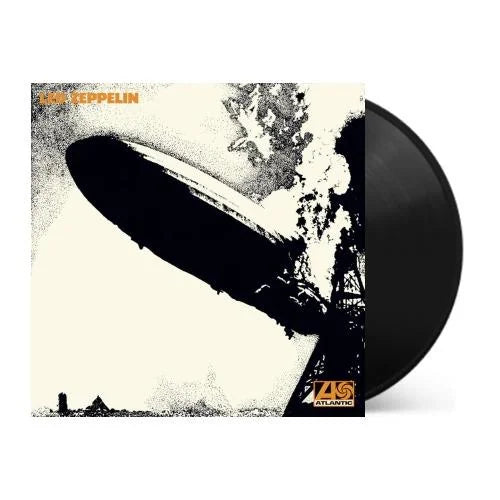
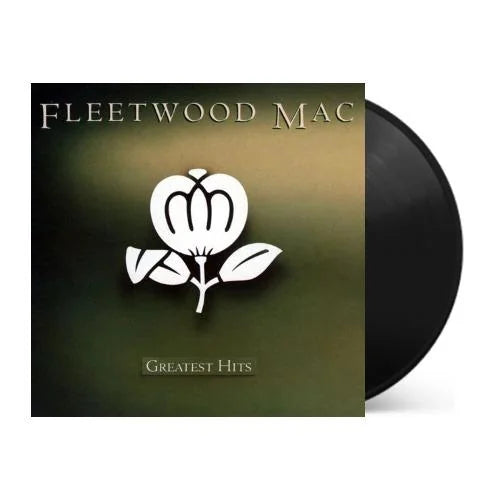
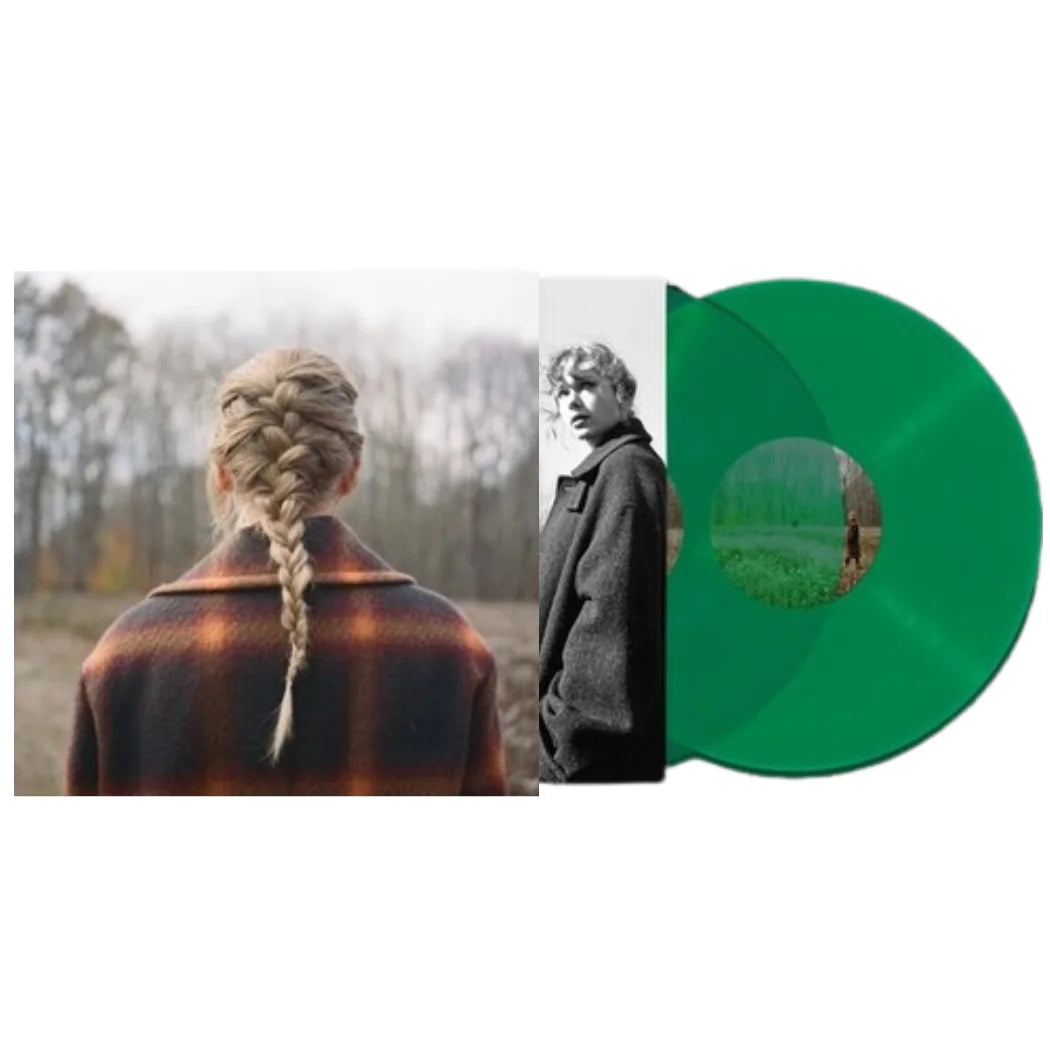
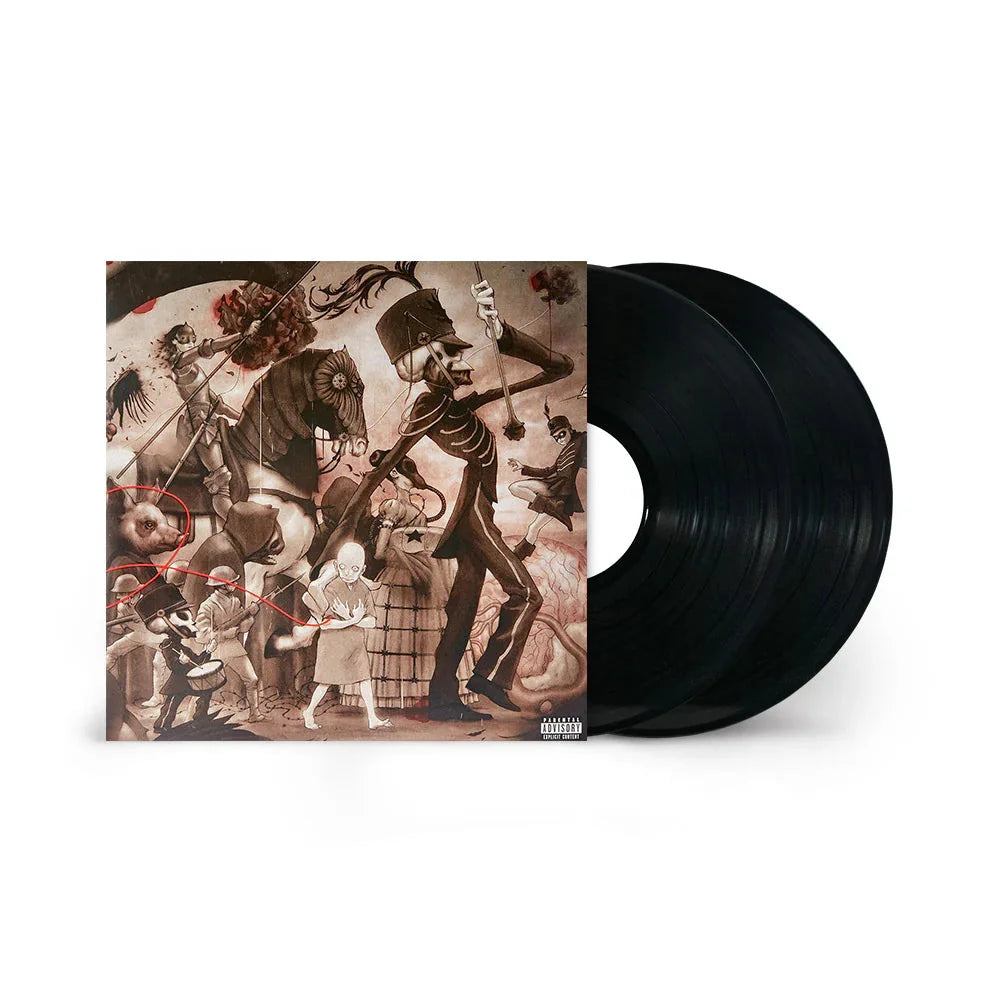

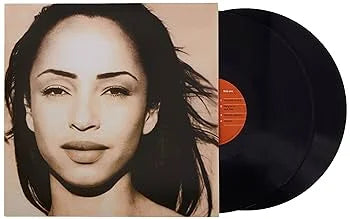
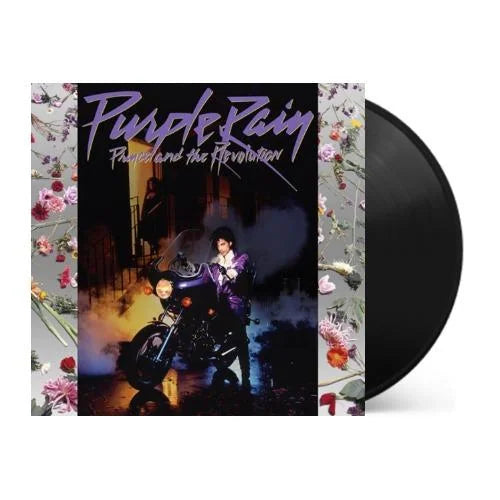
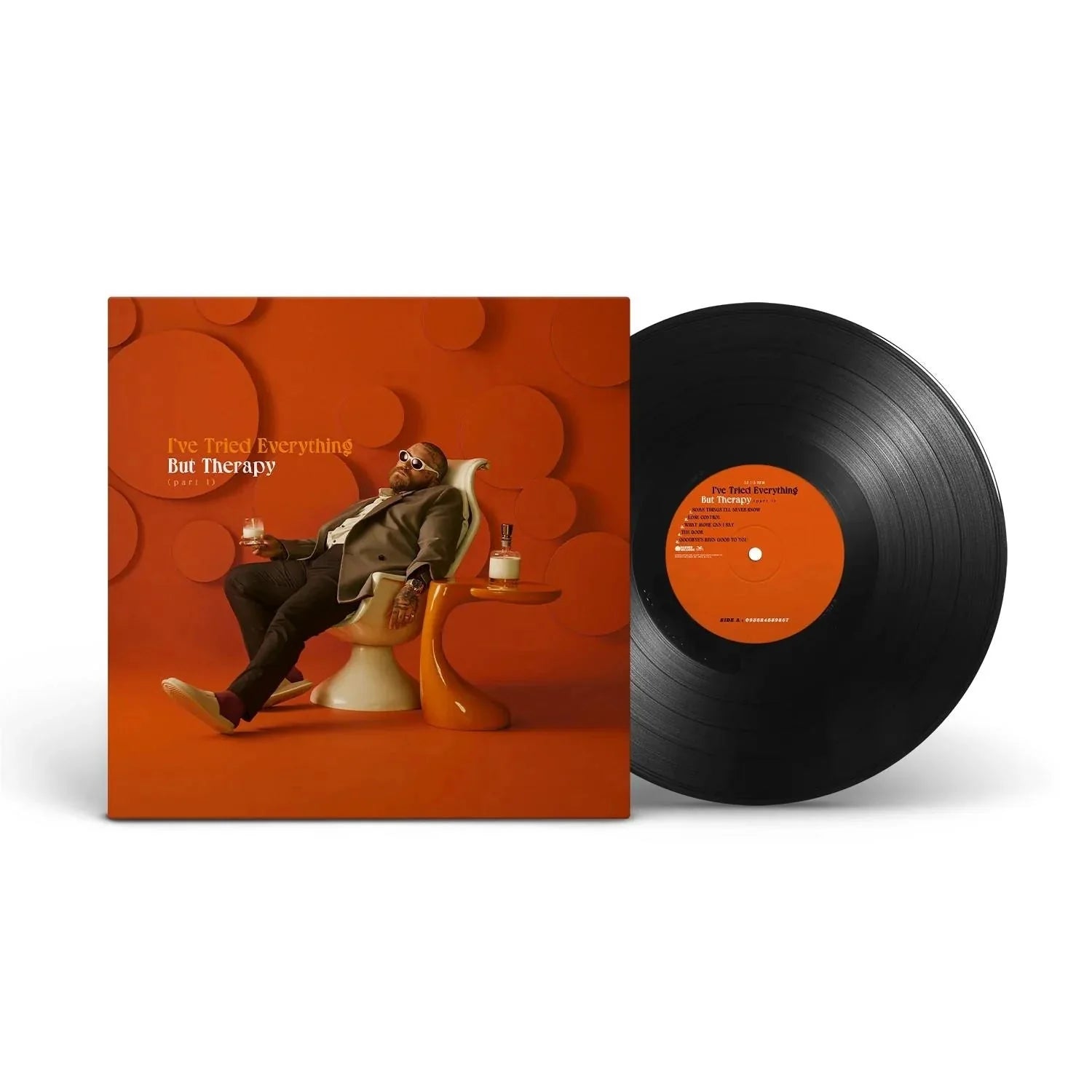
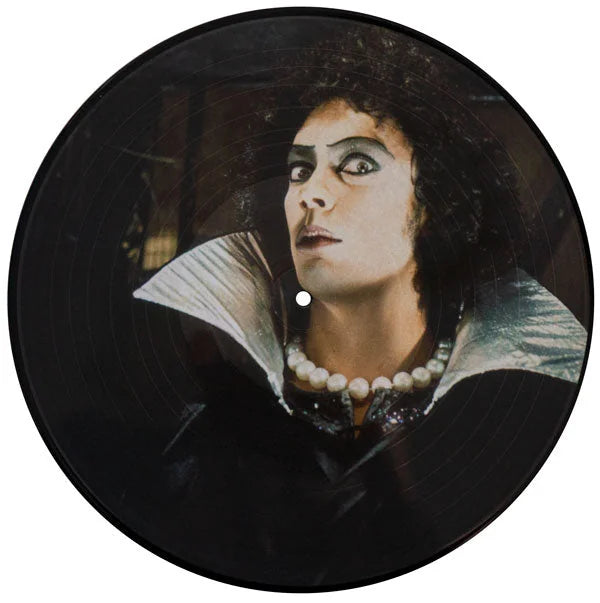
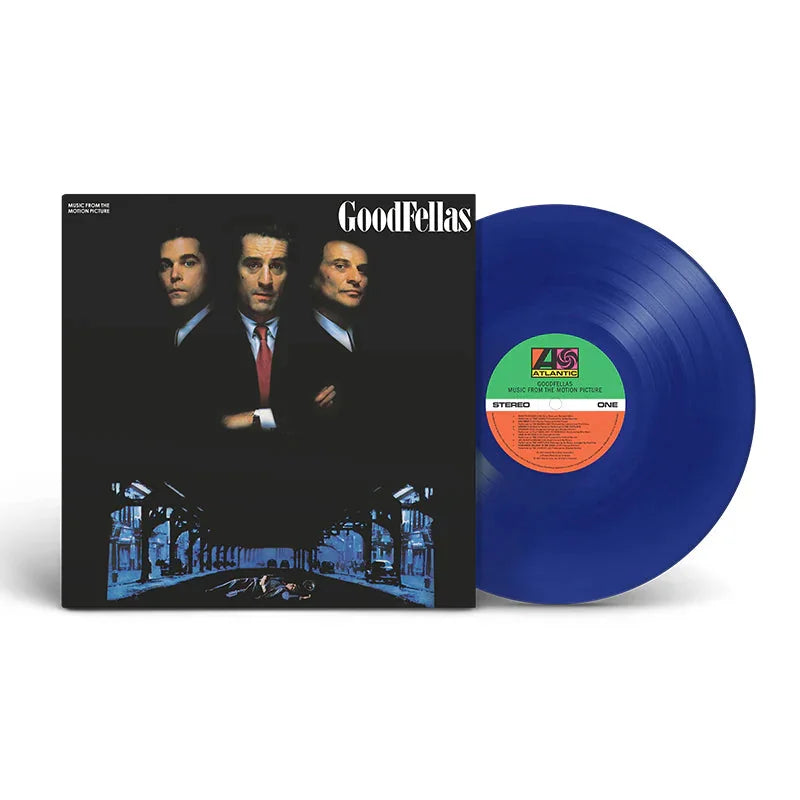
![Transformers: The Movie (Original Soundtrack) [Unicron Marbled 180-Gram]](http://vinyl.com/cdn/shop/files/4417308-3378319.jpg?v=1745982250&width=5760)
